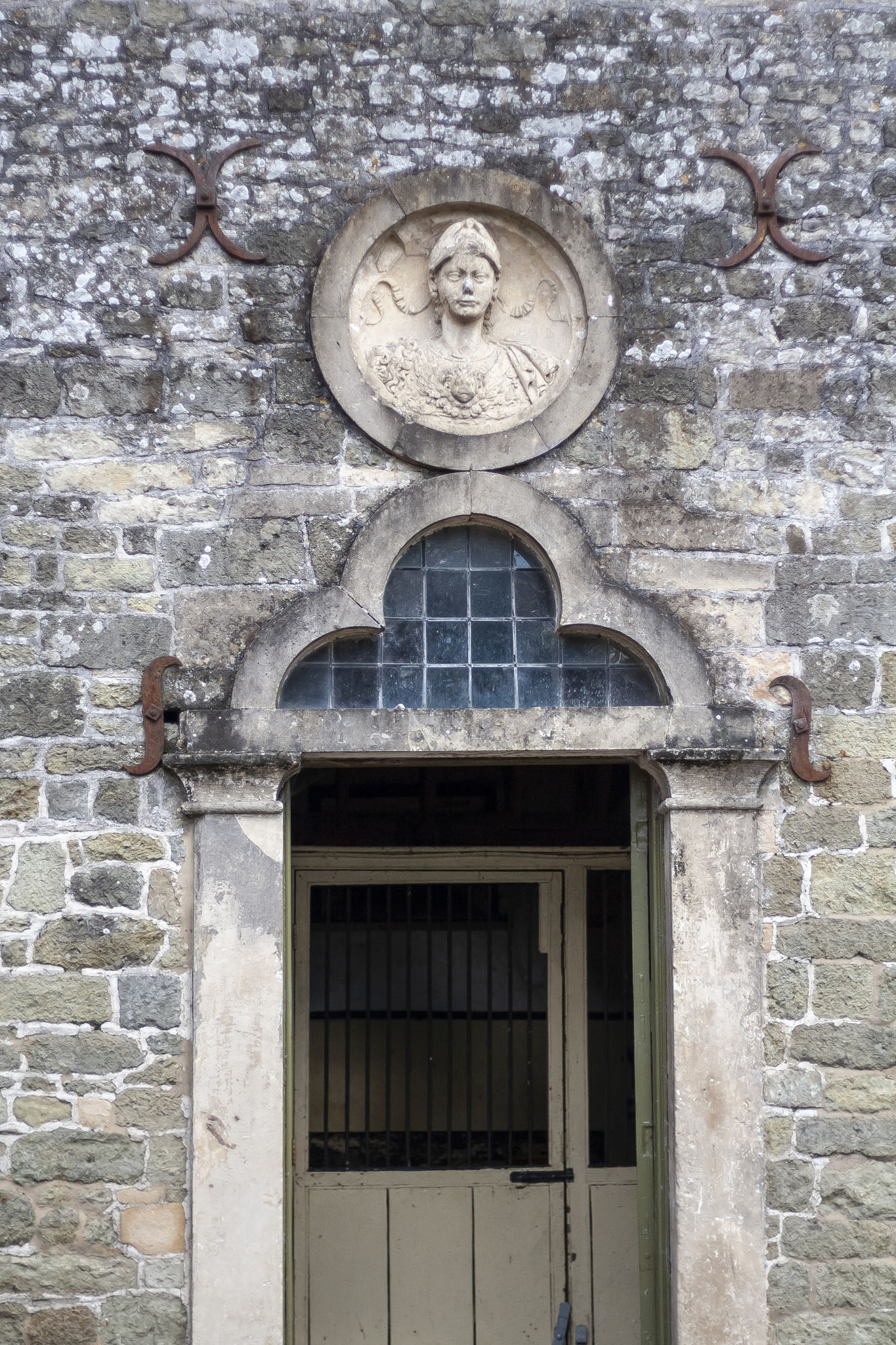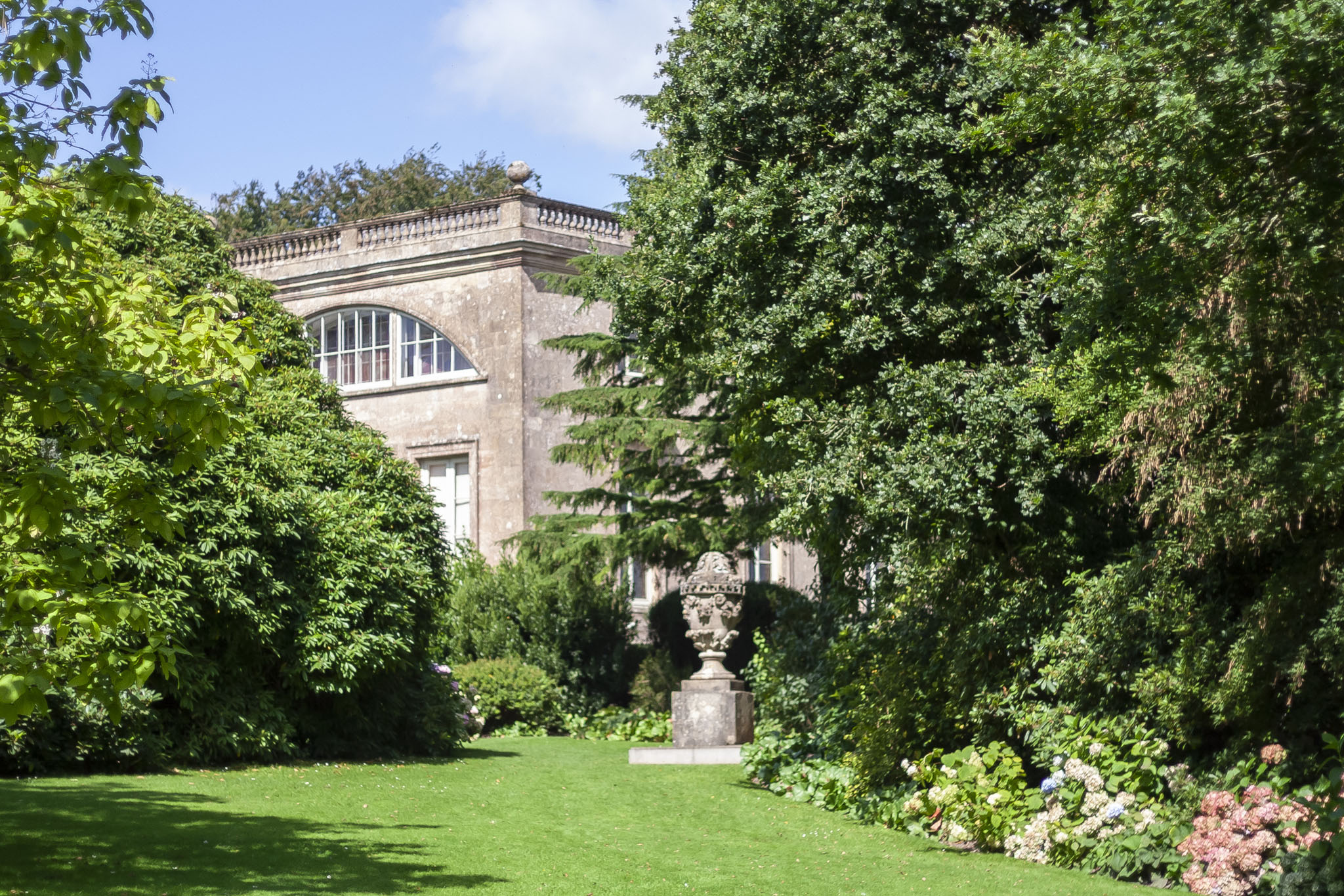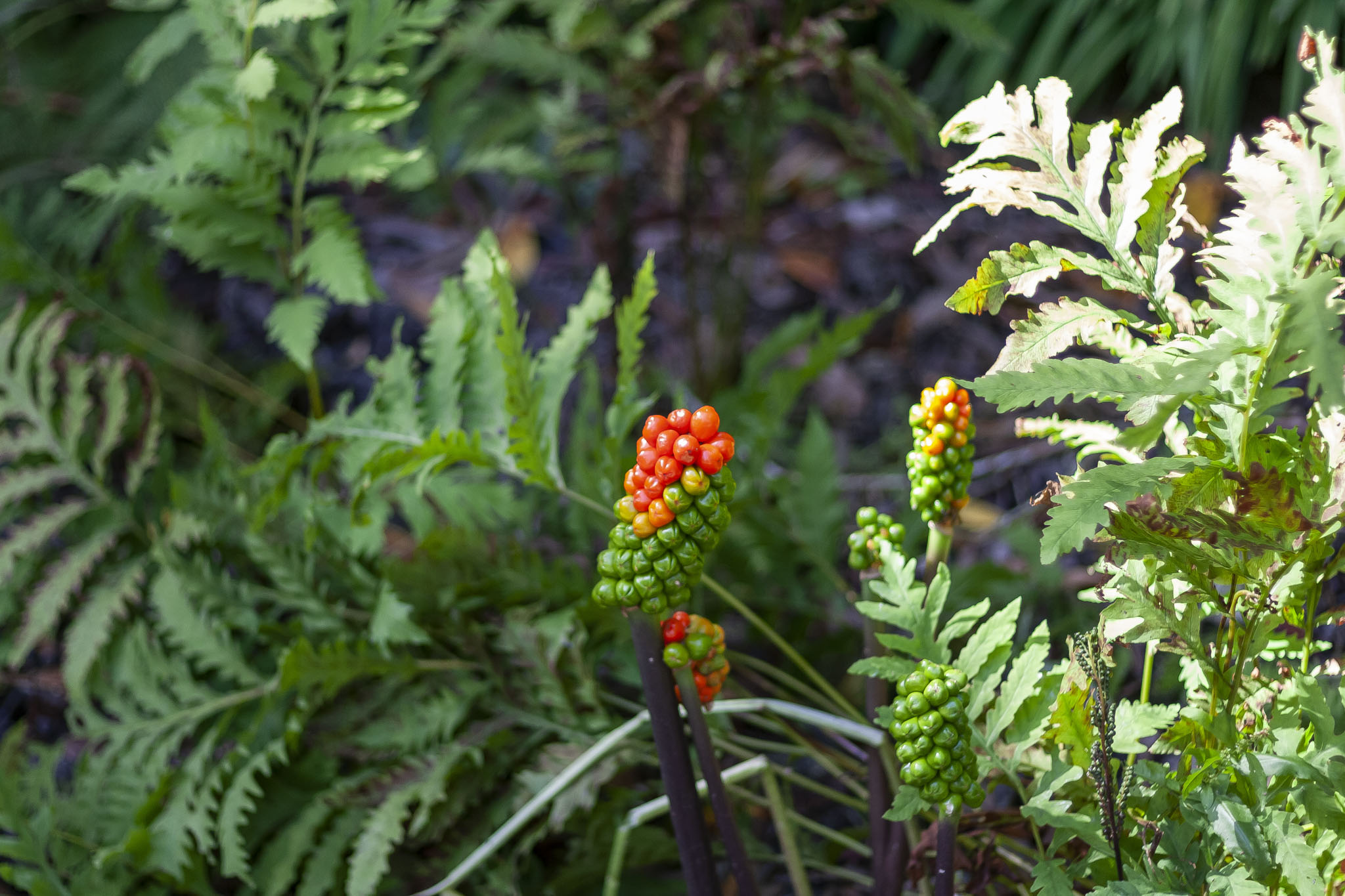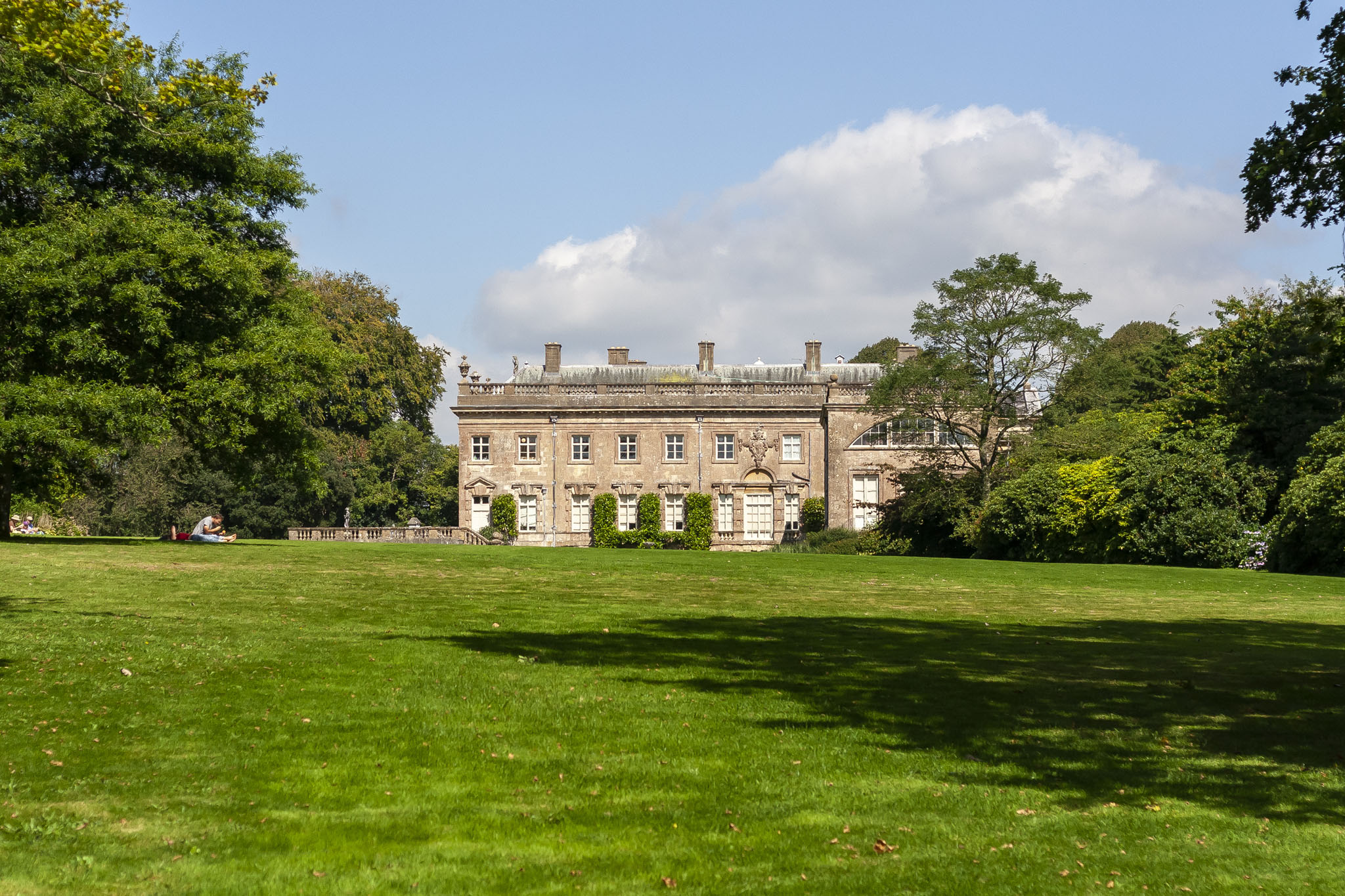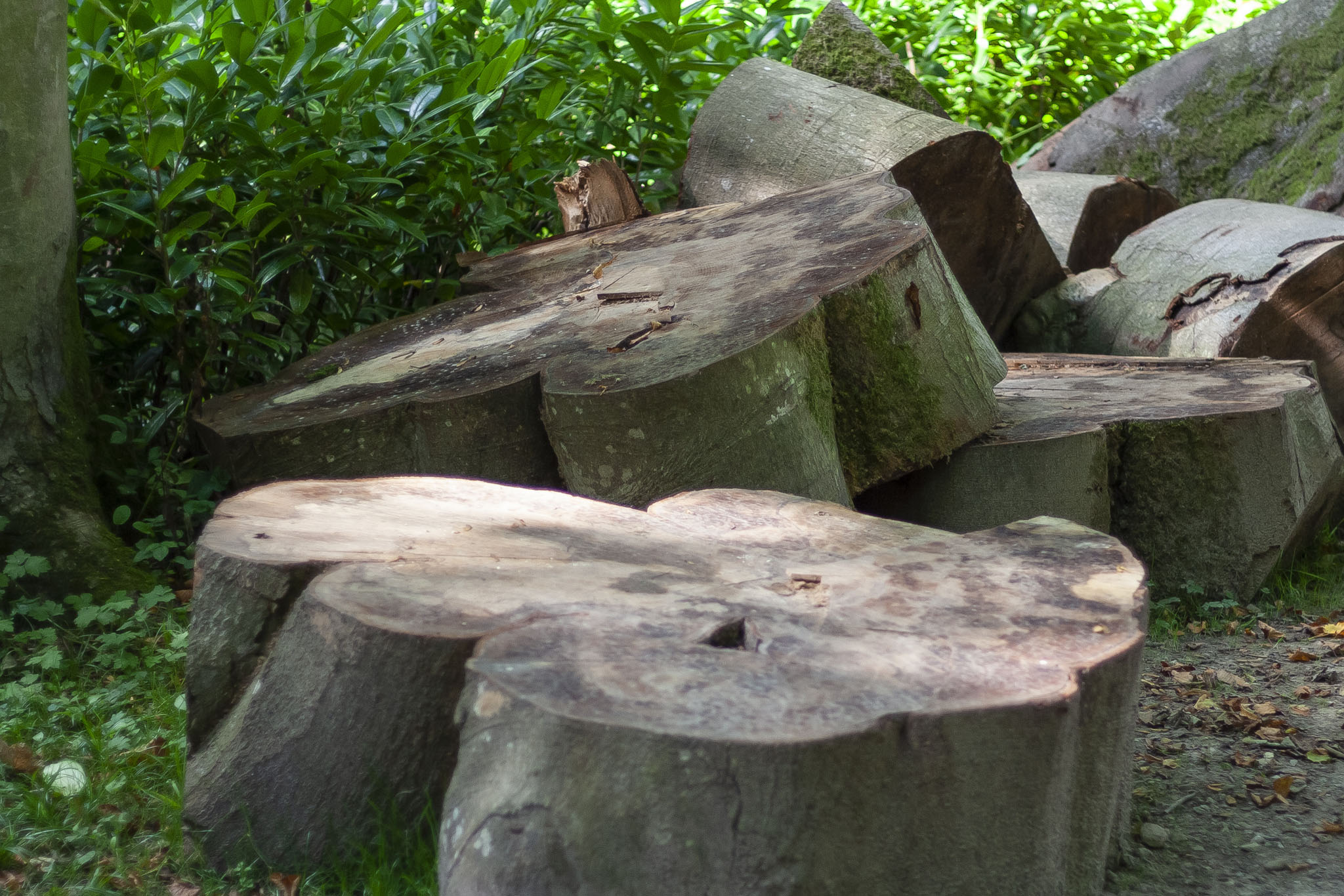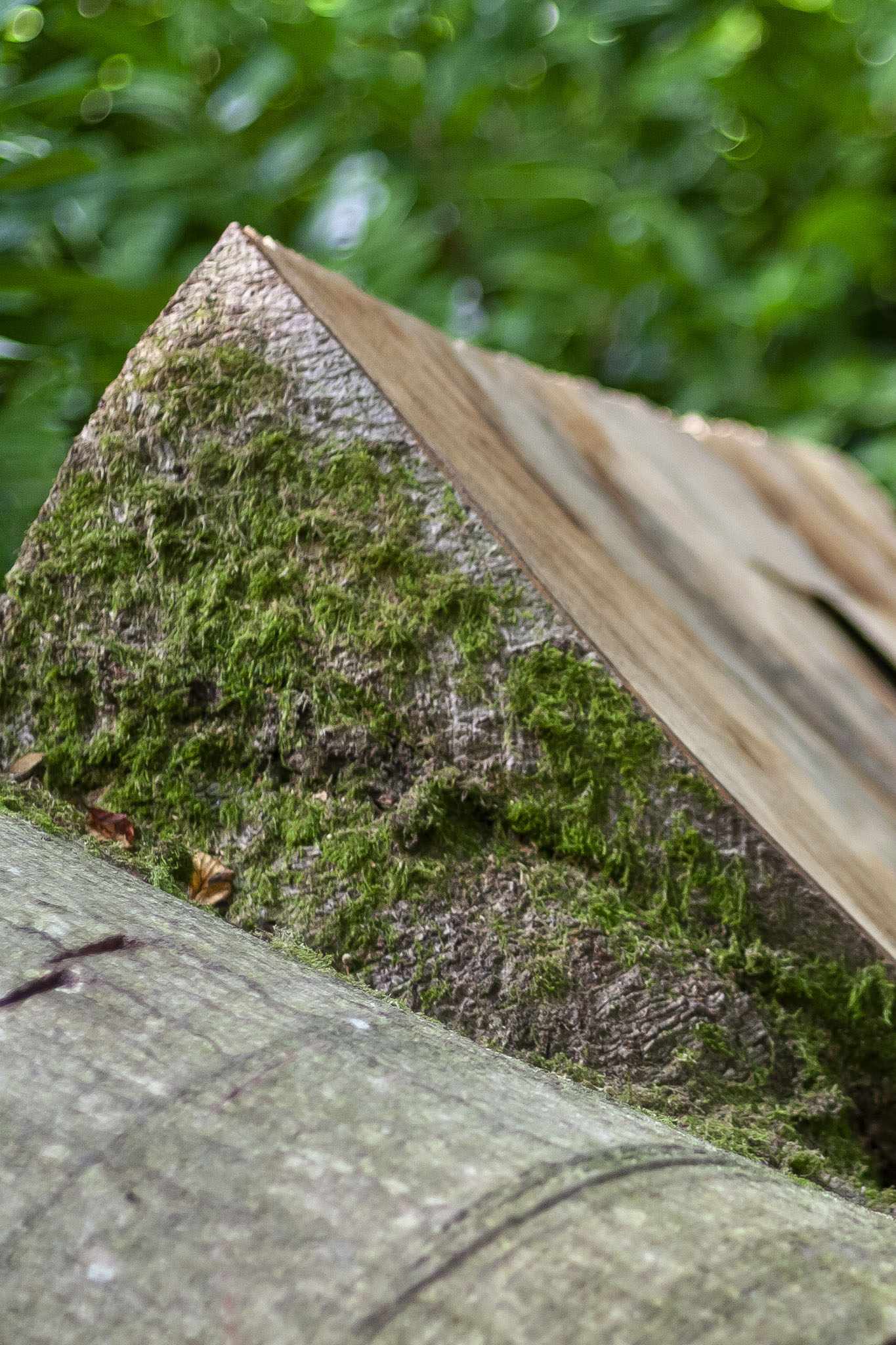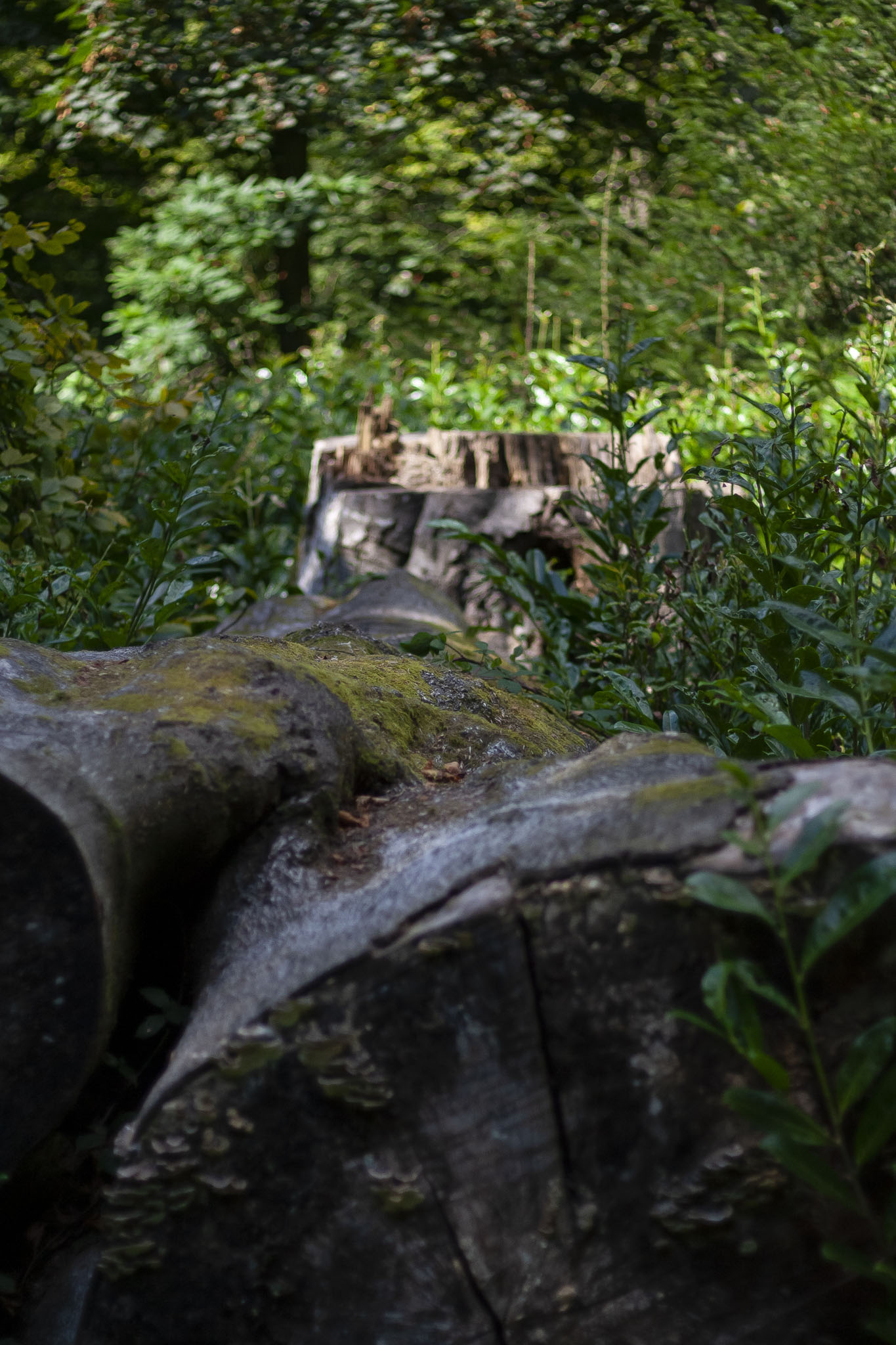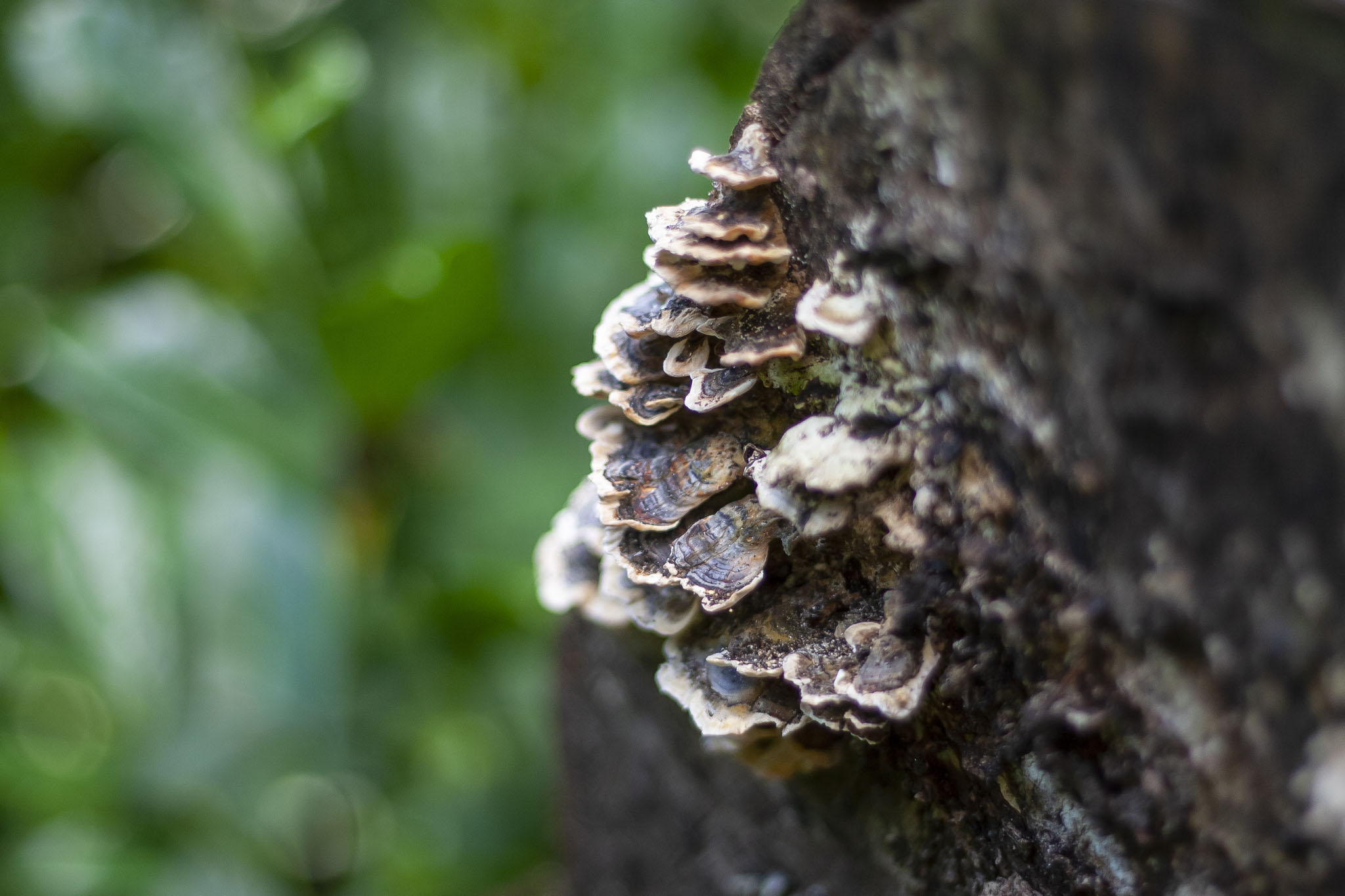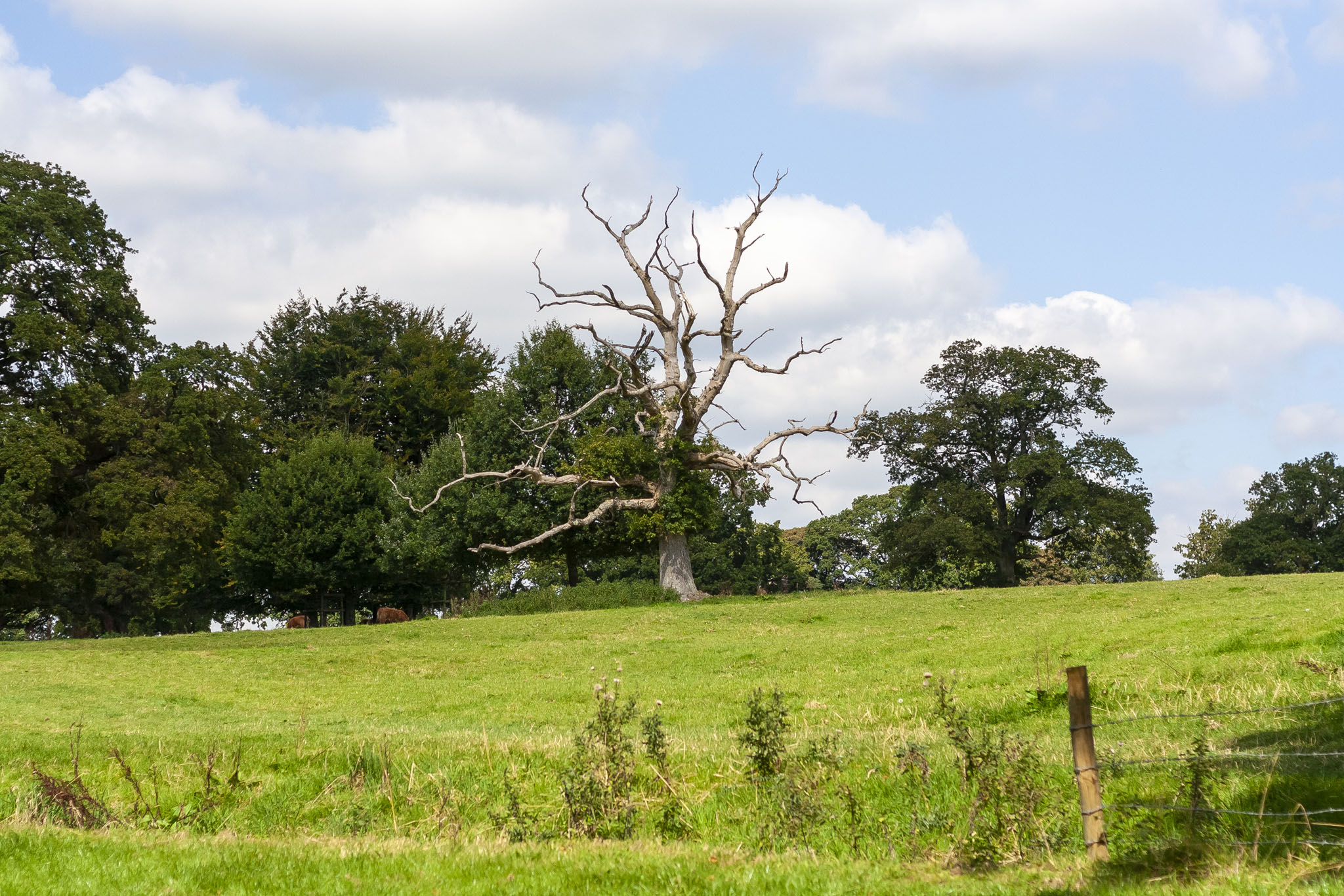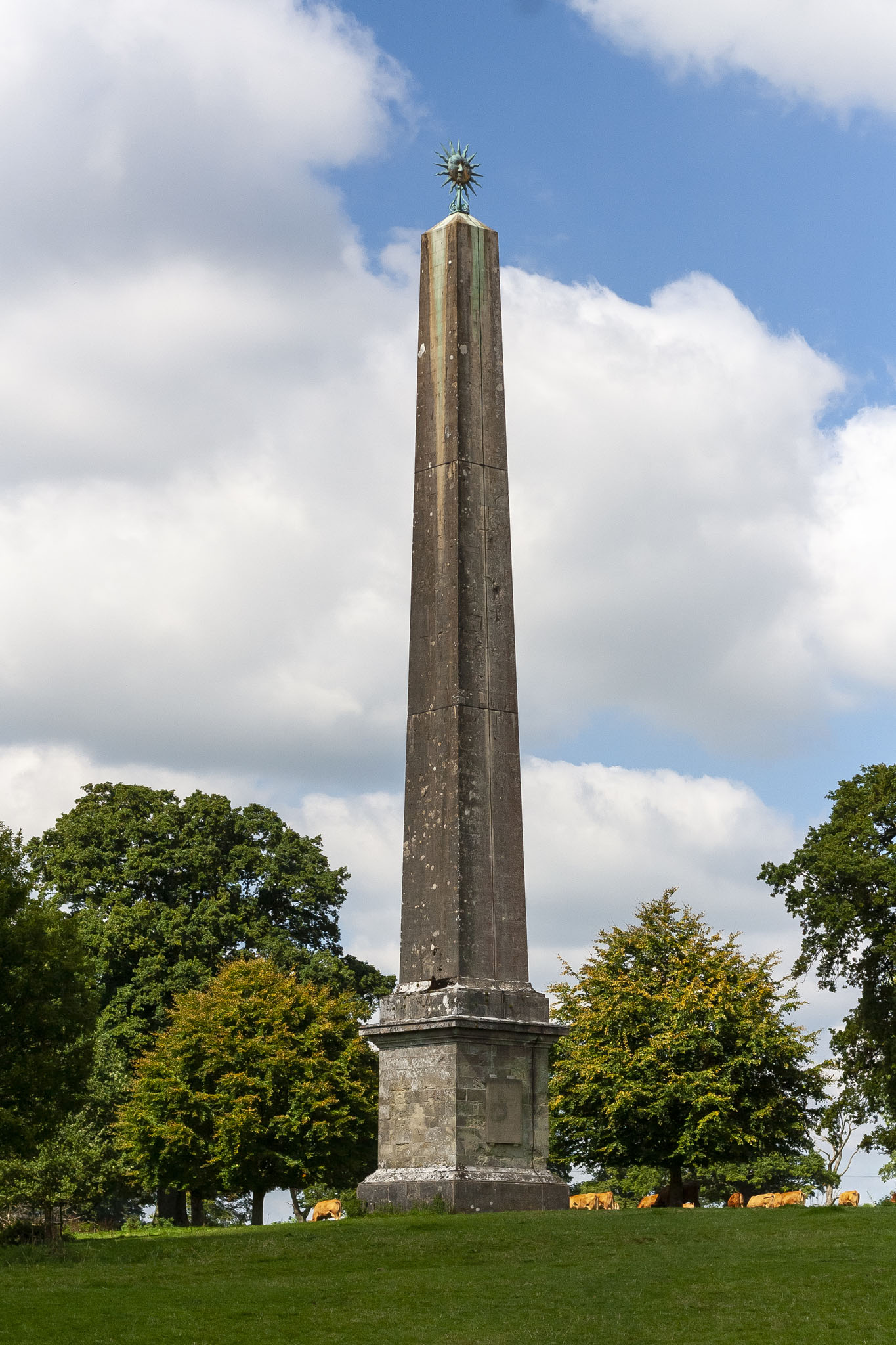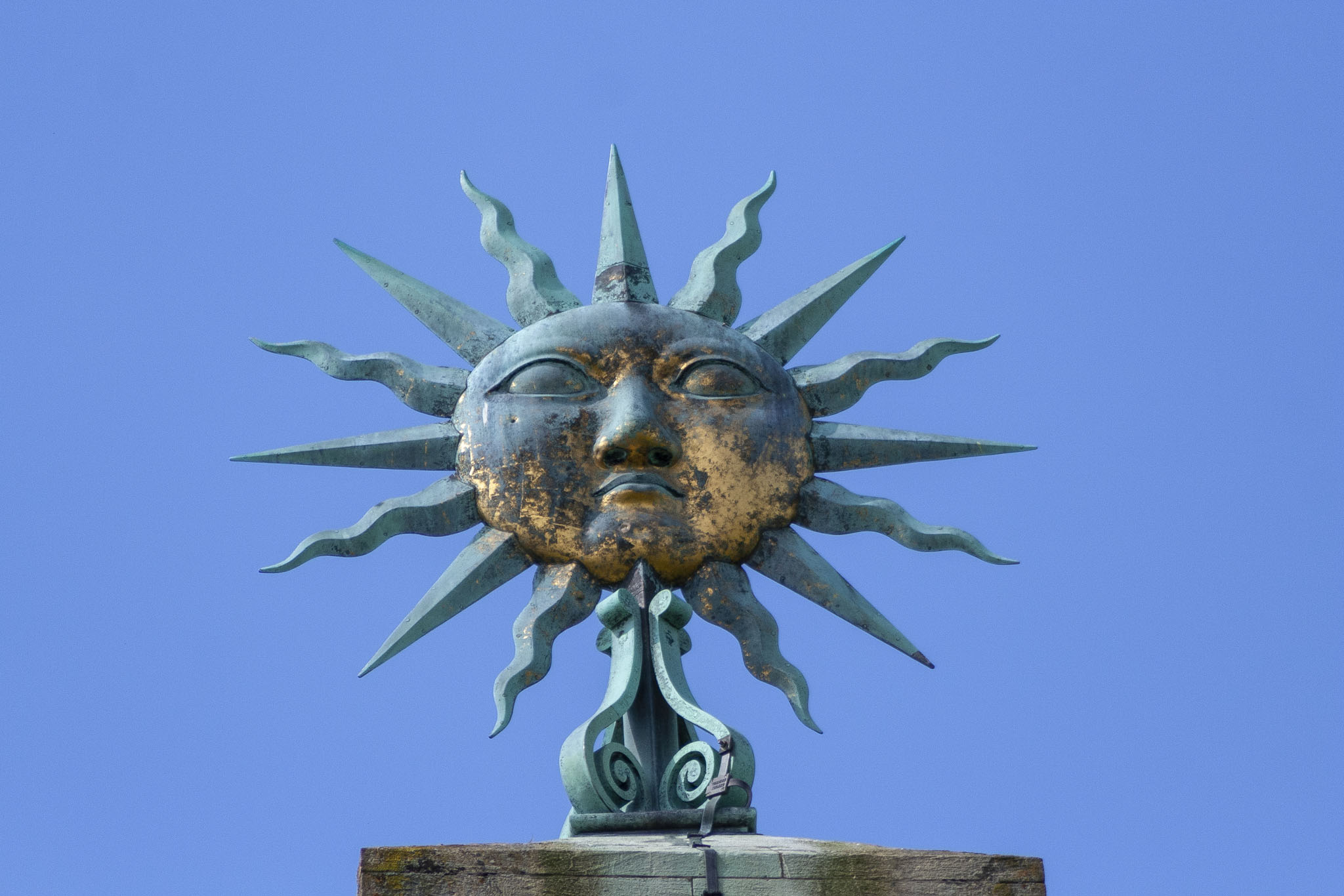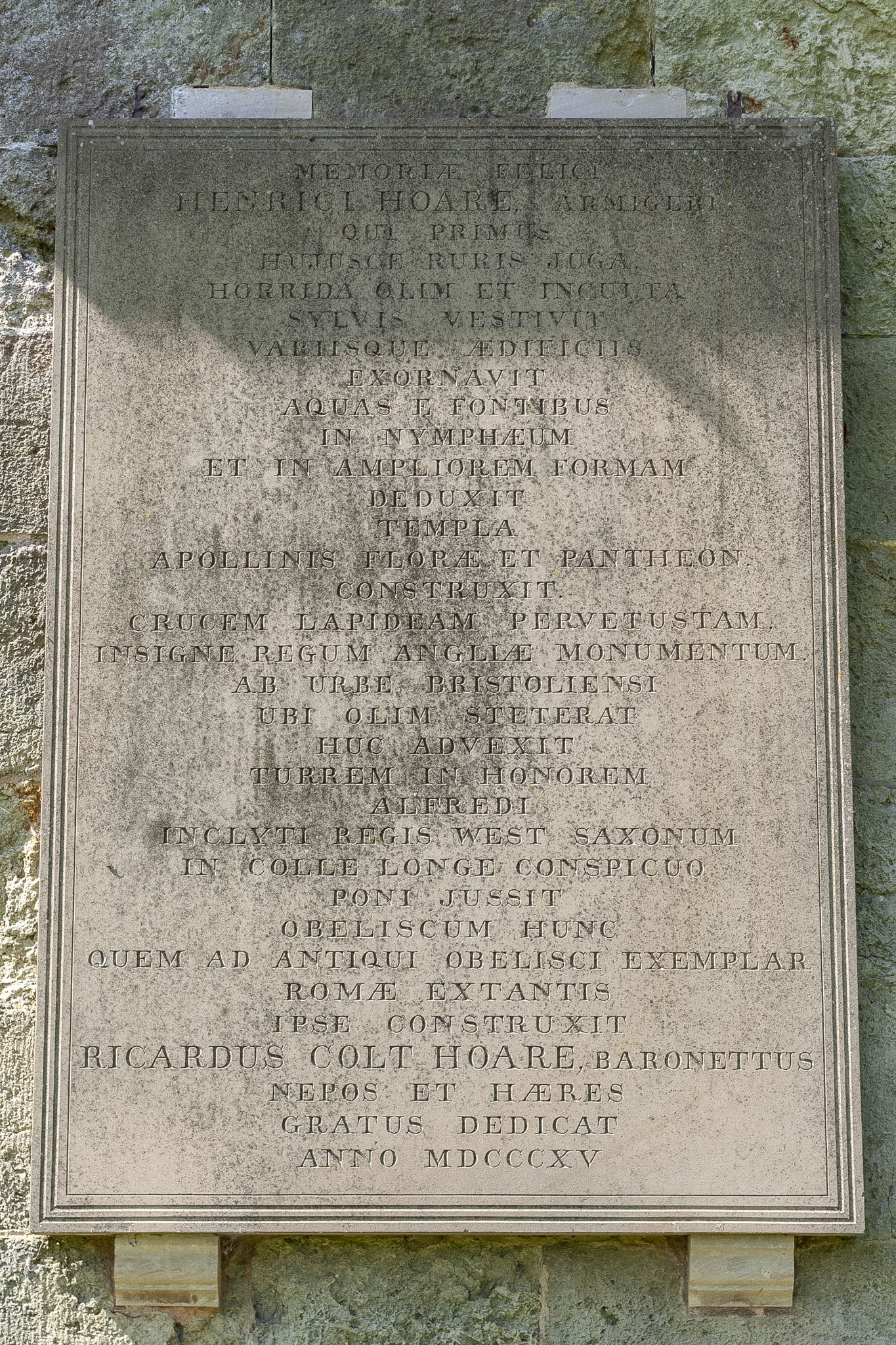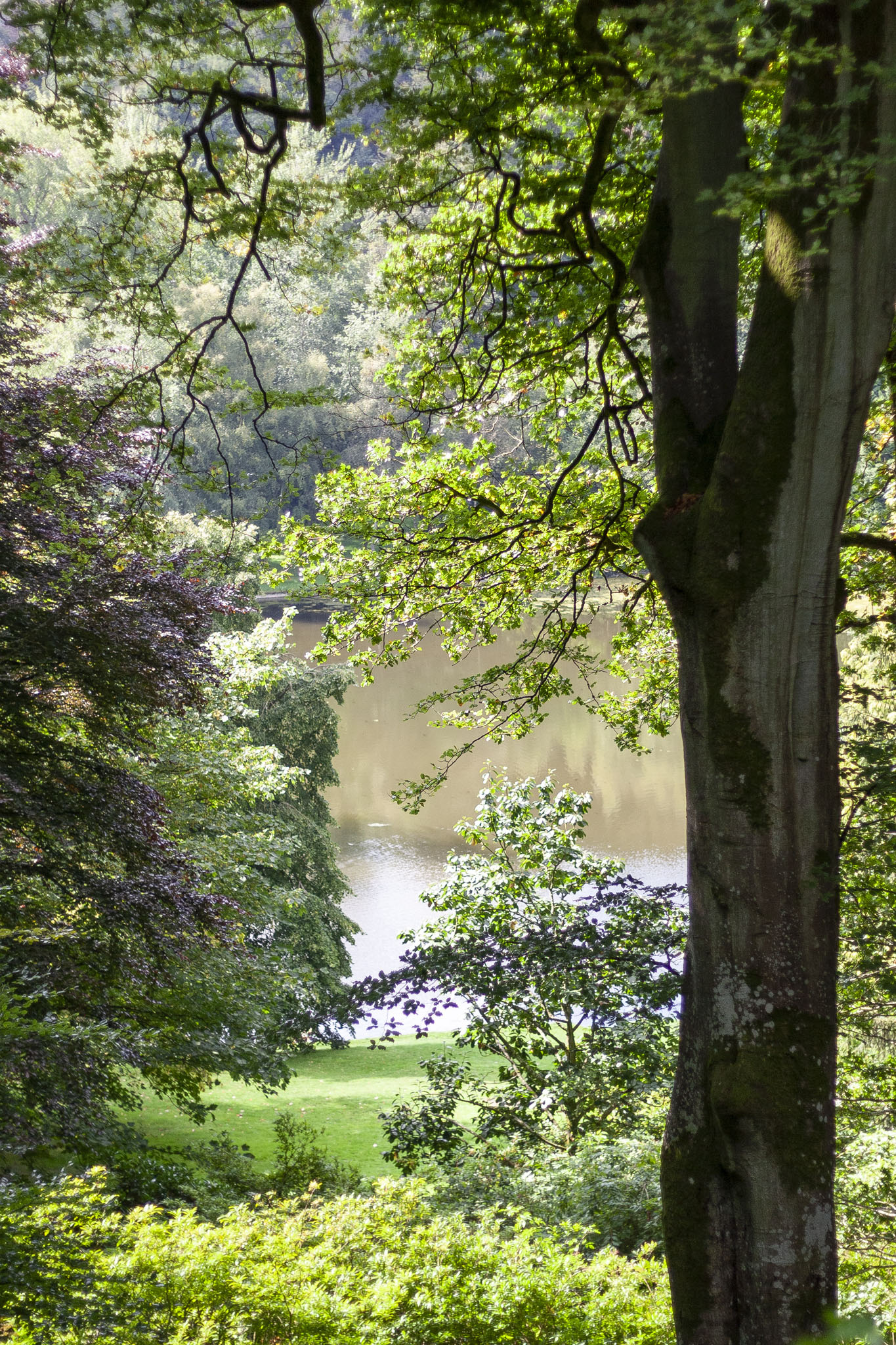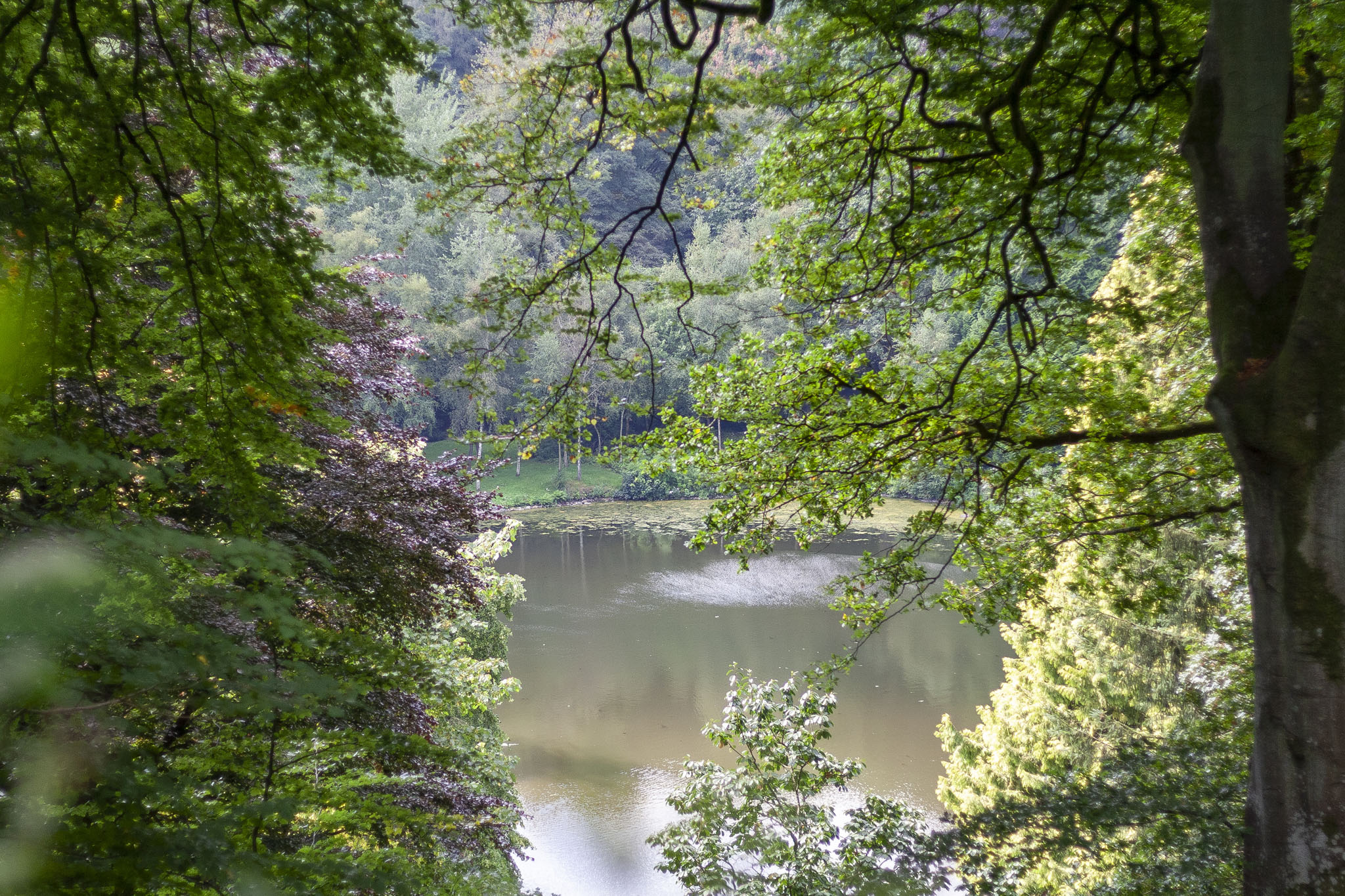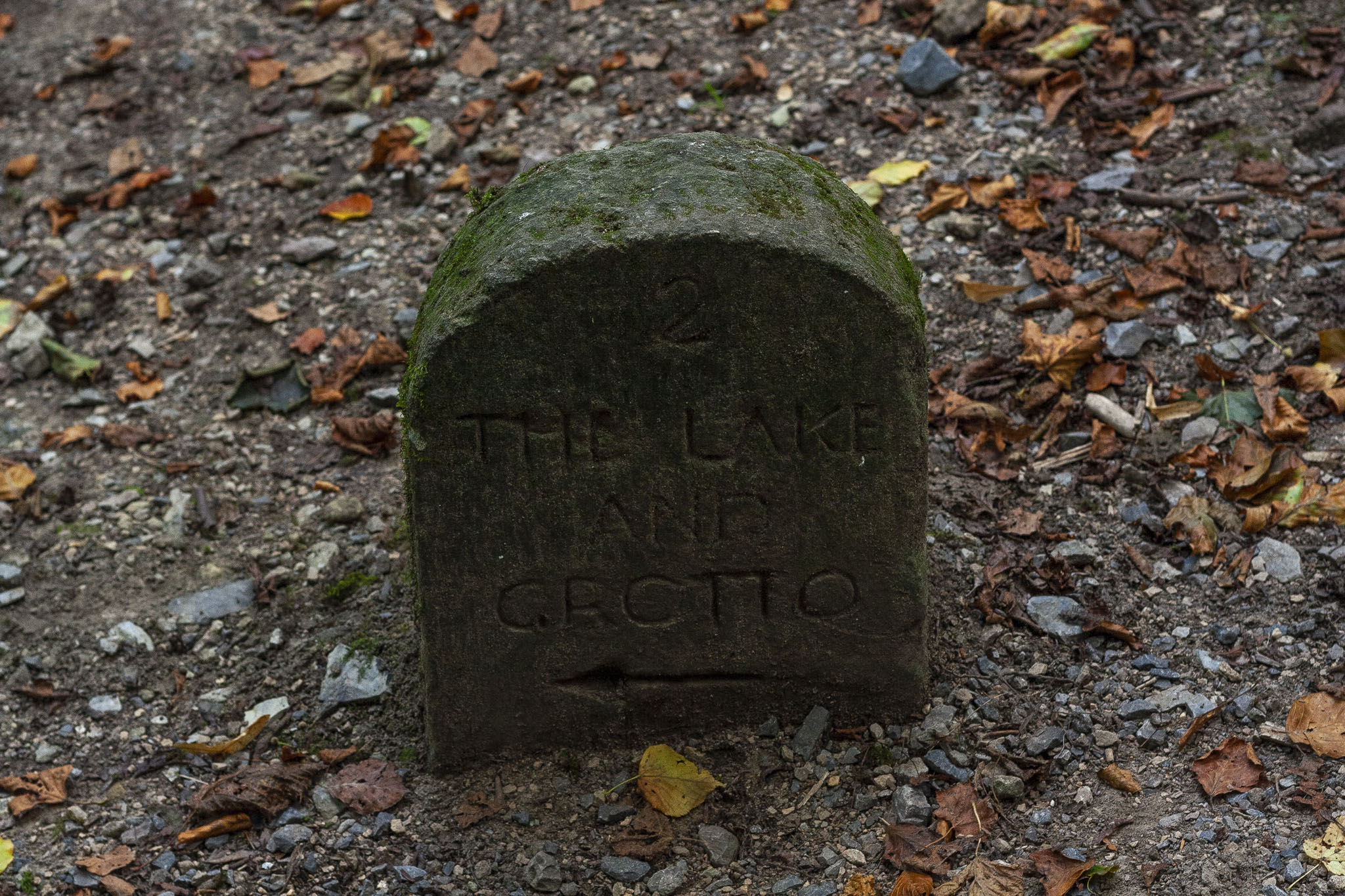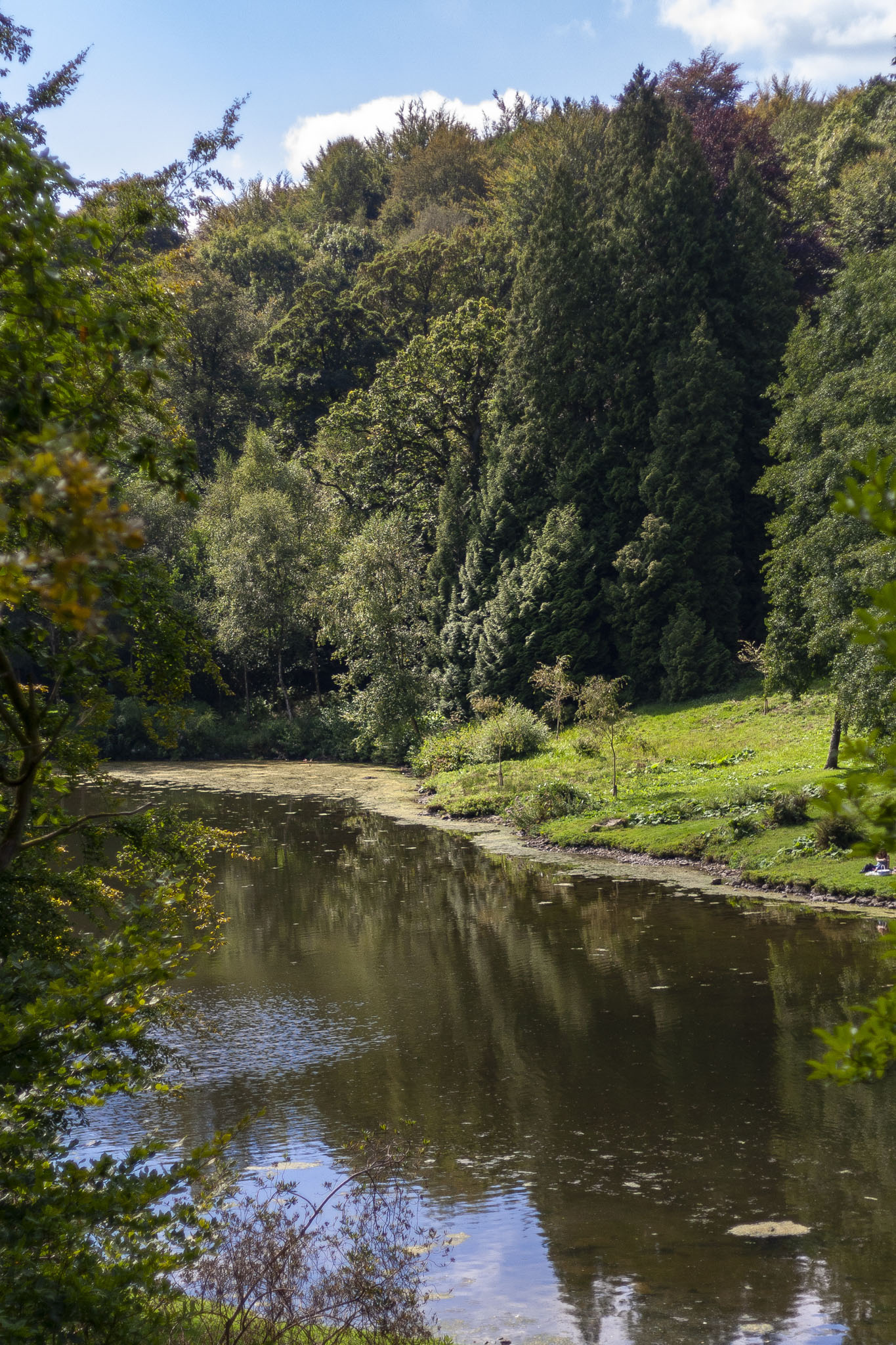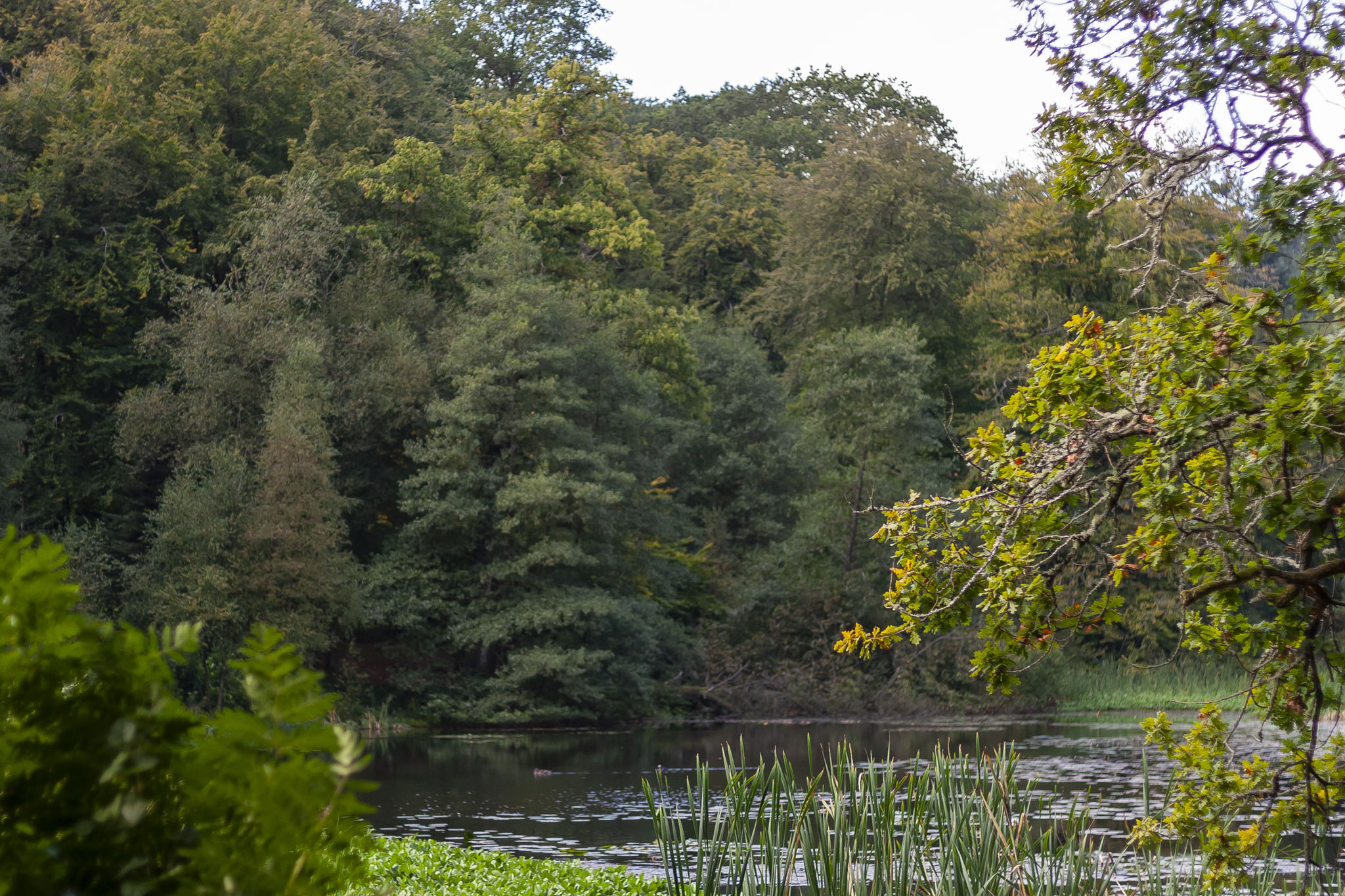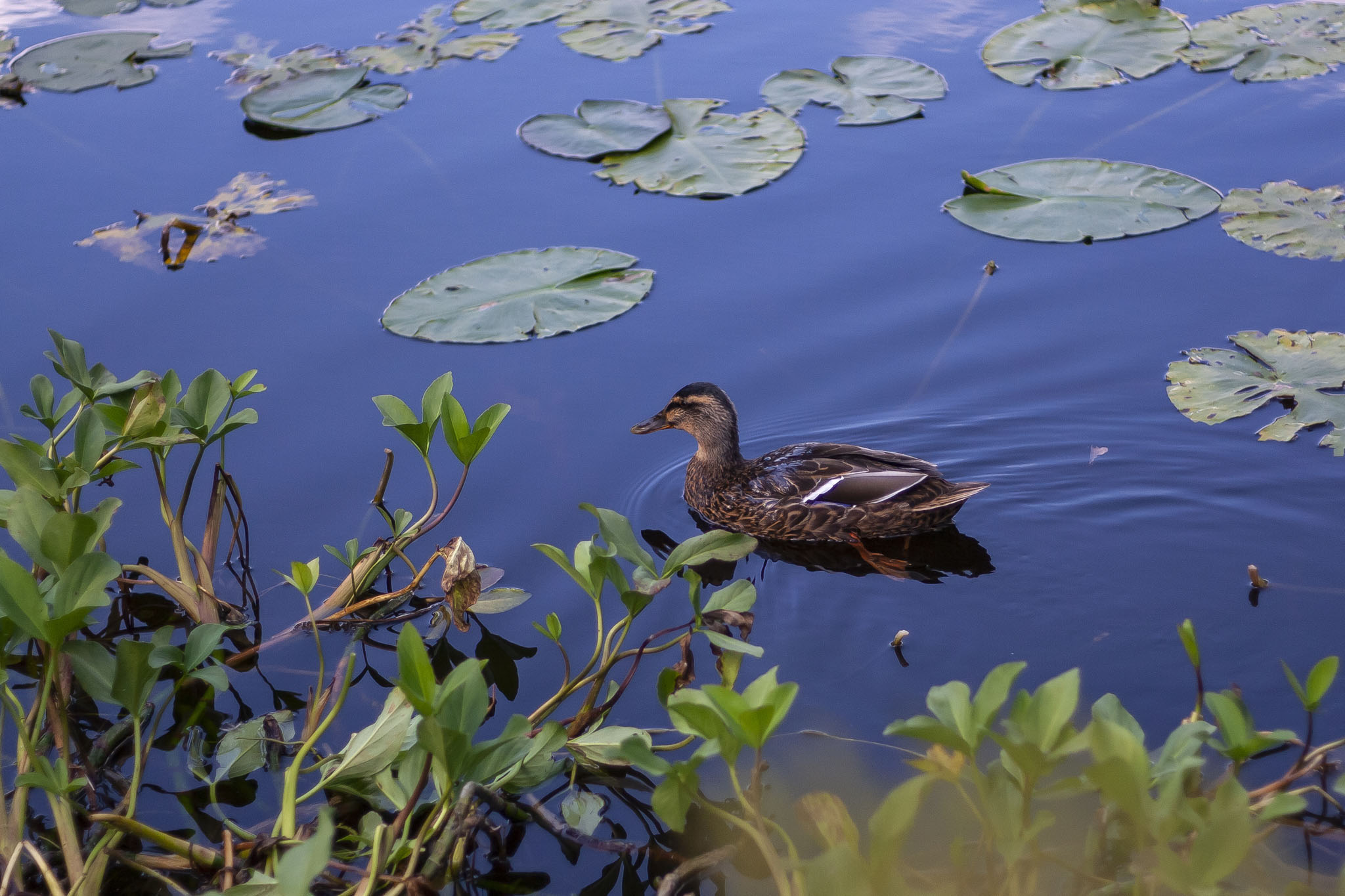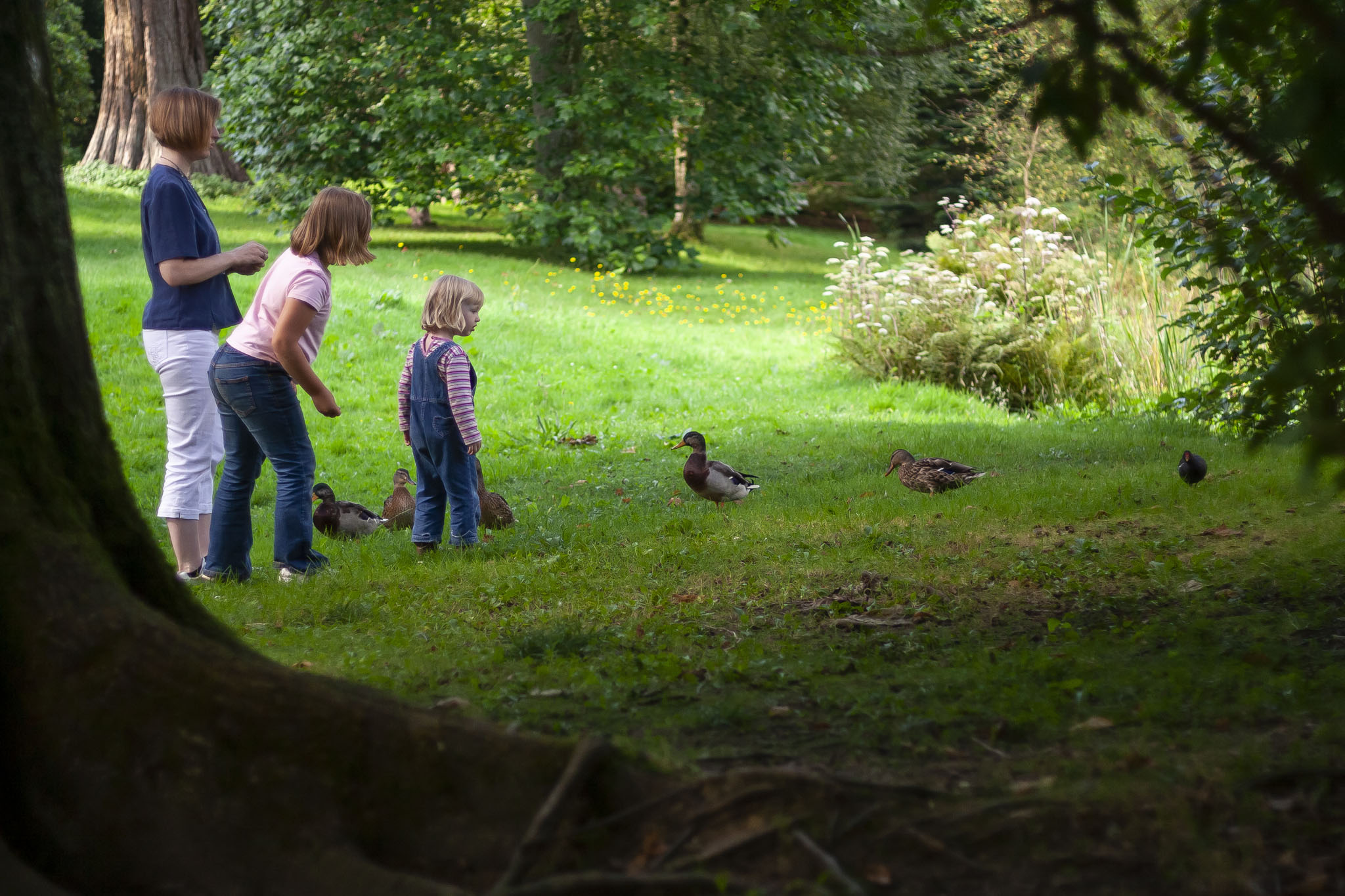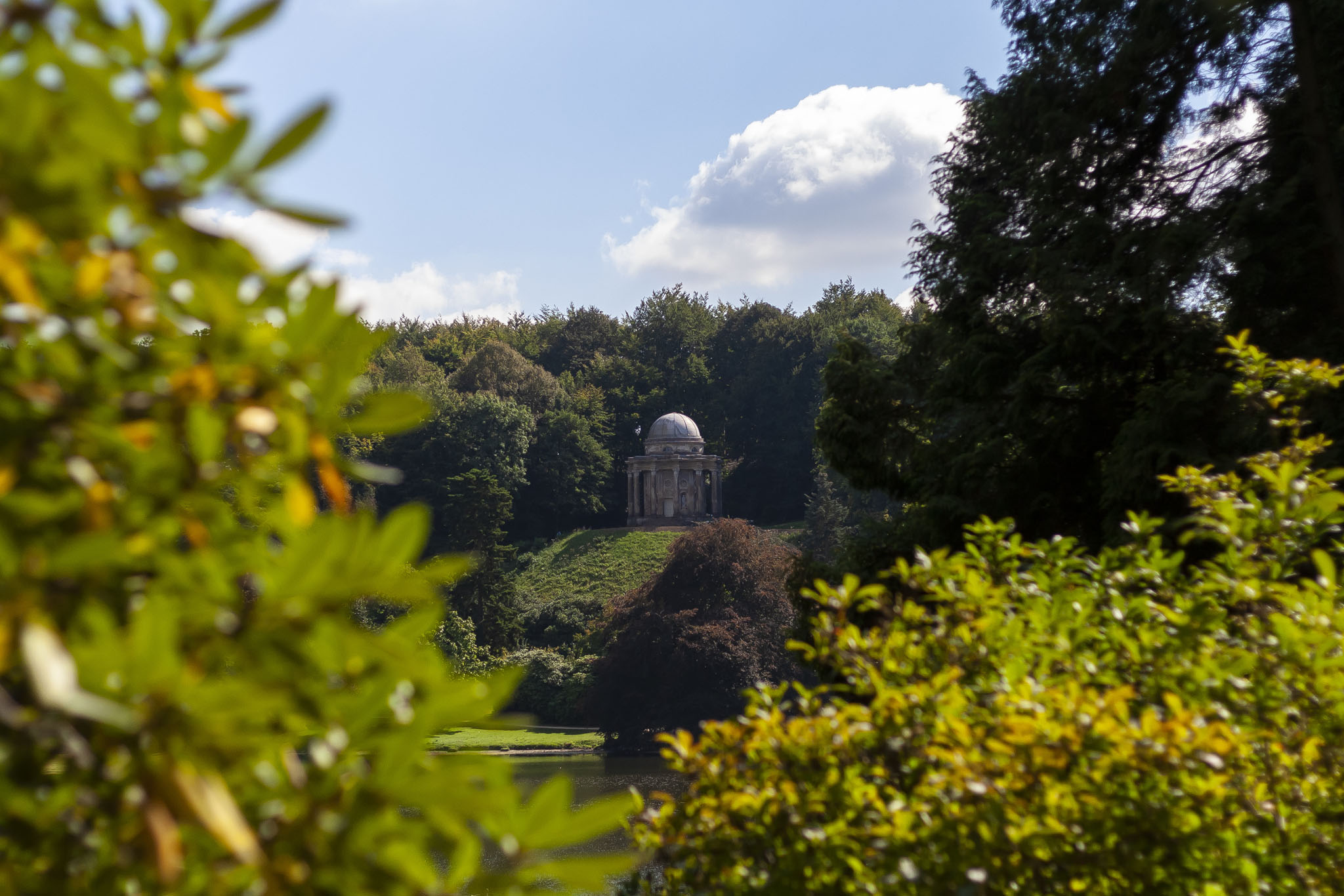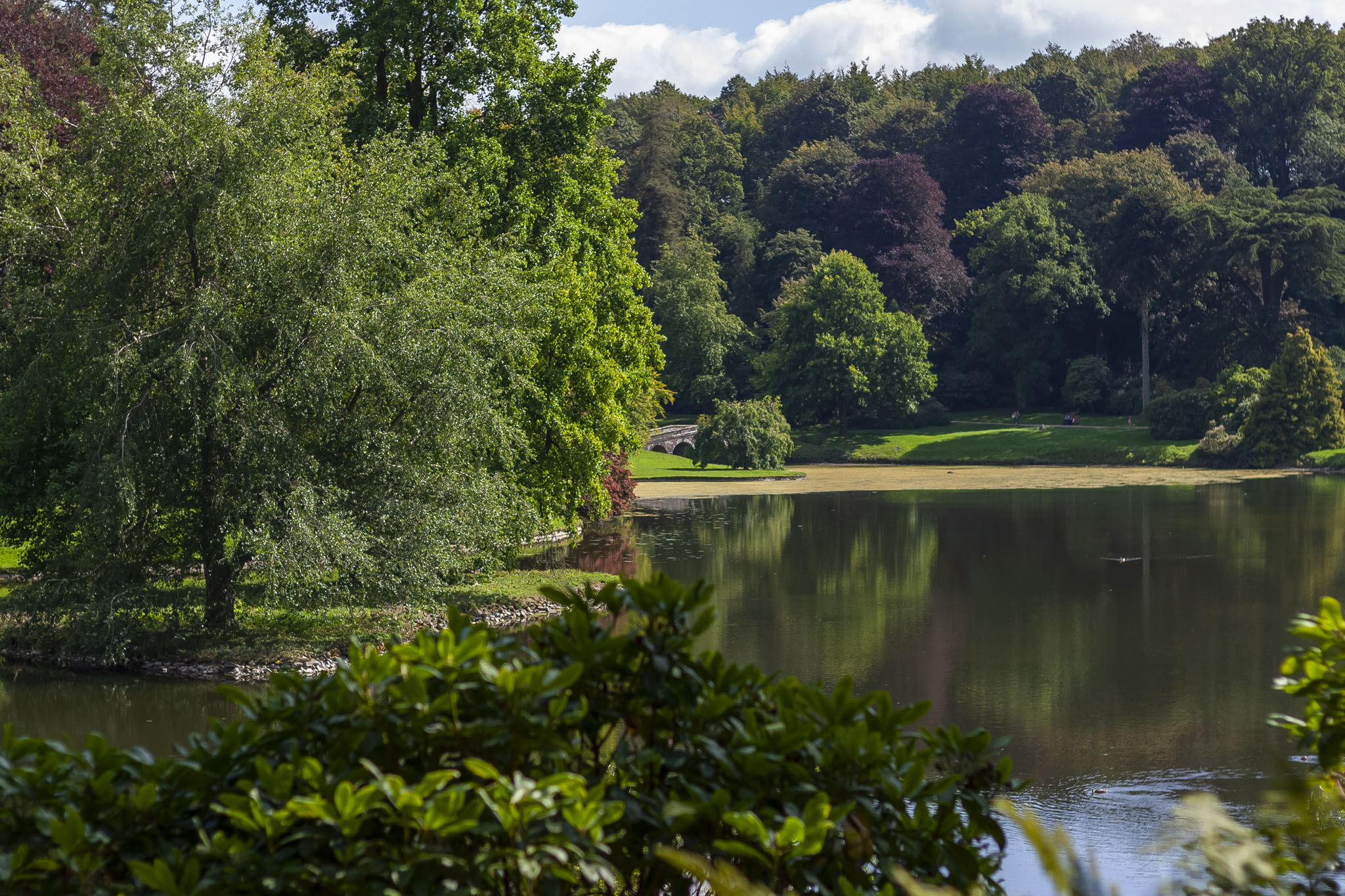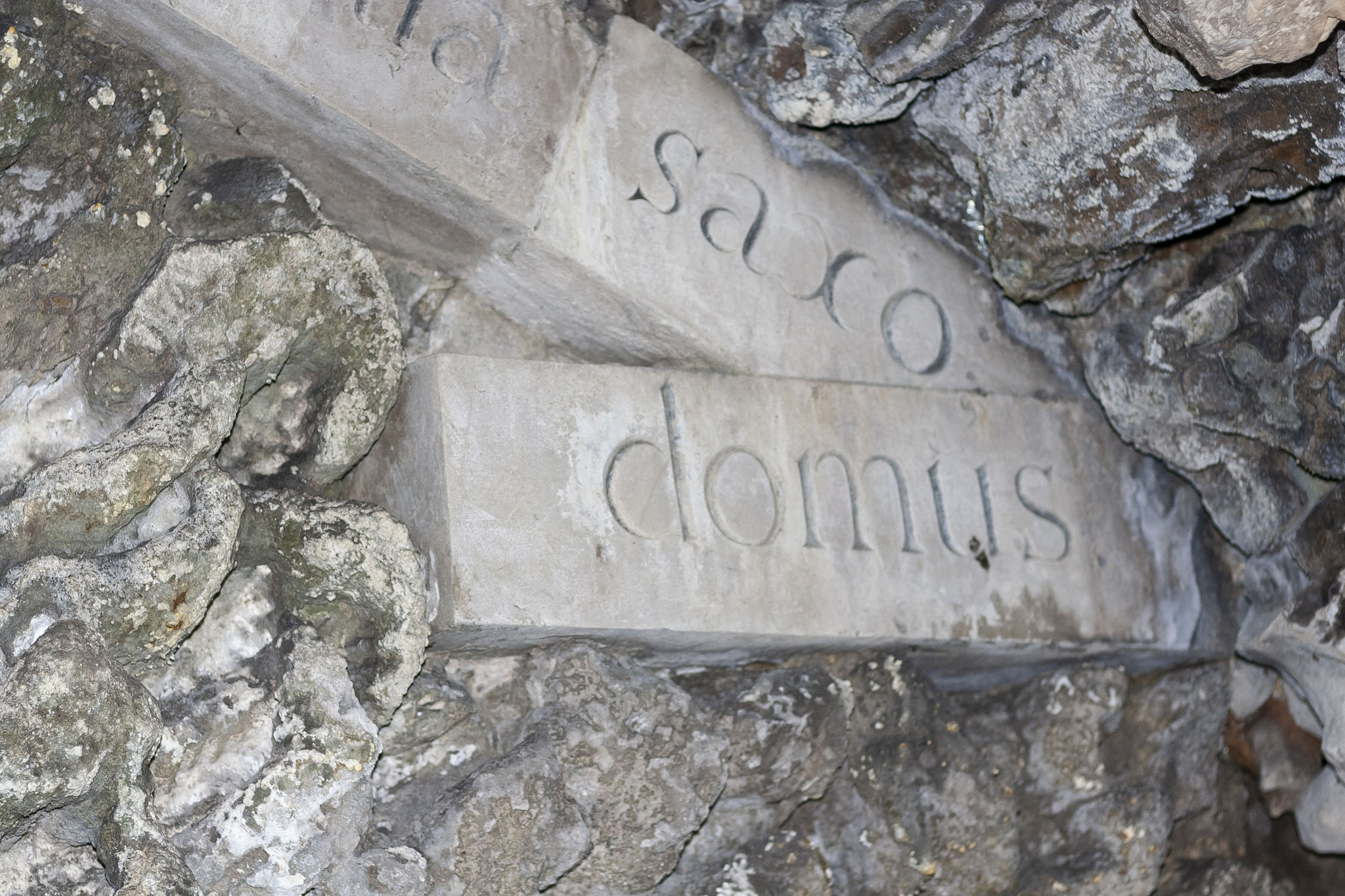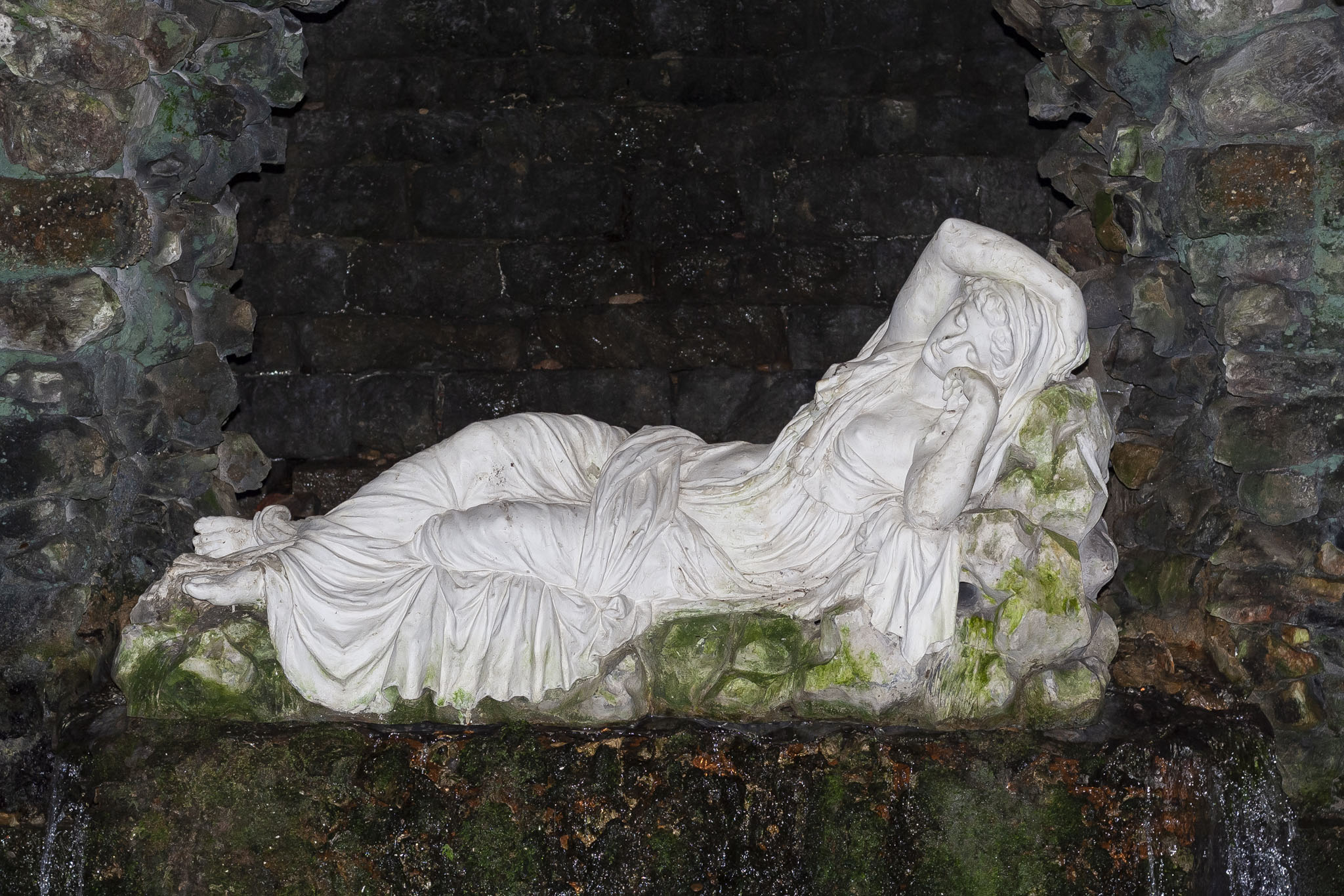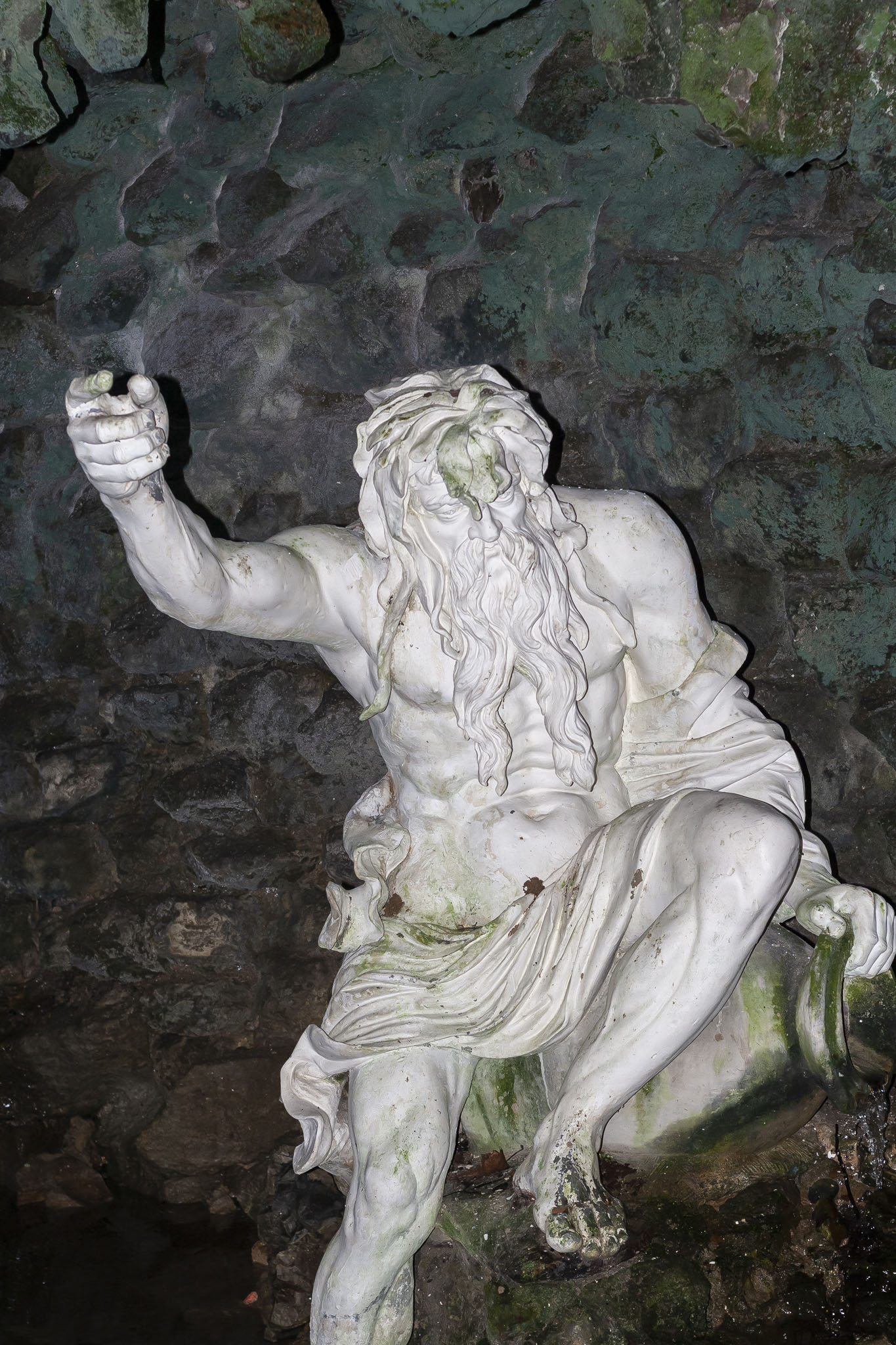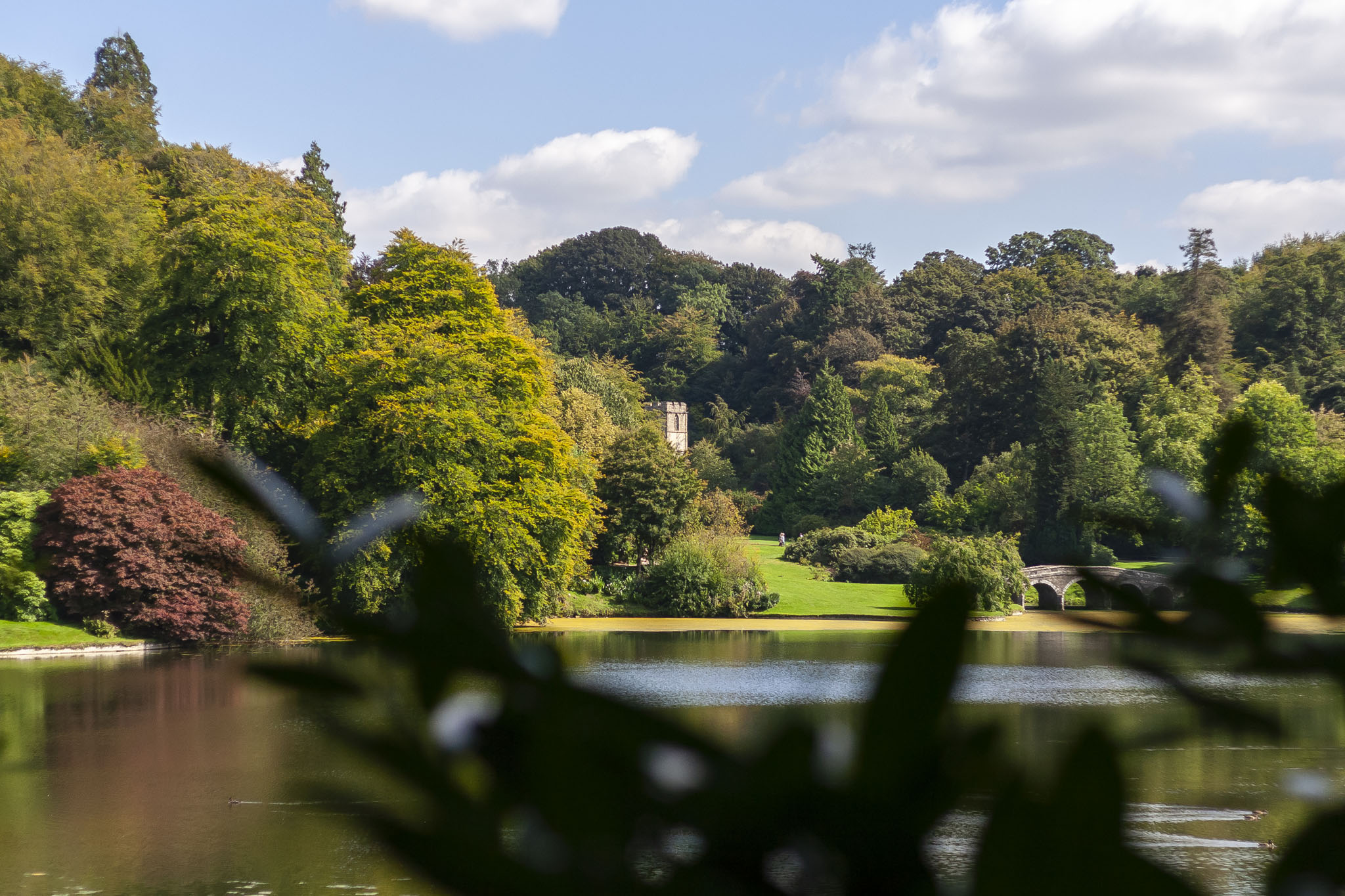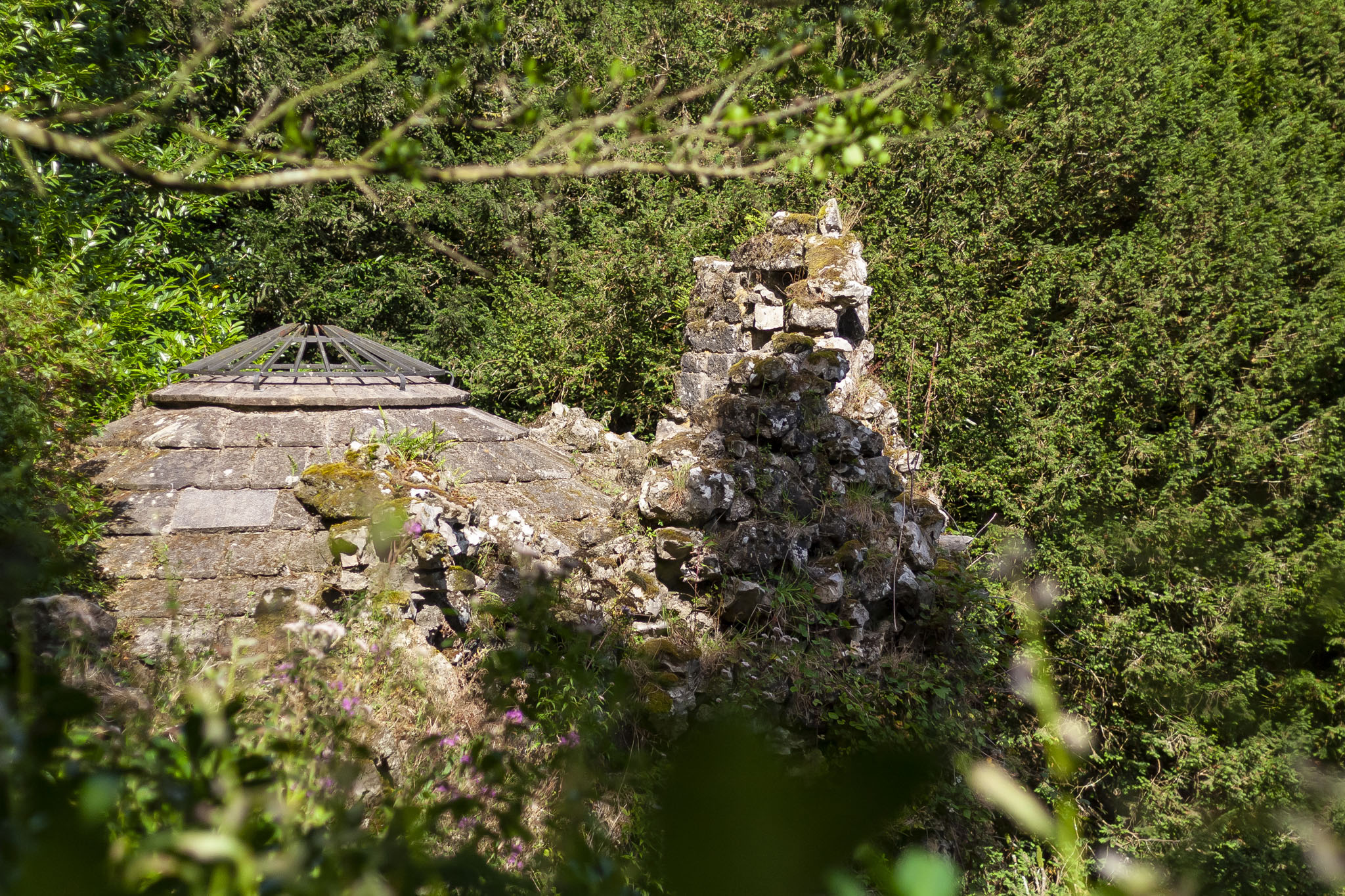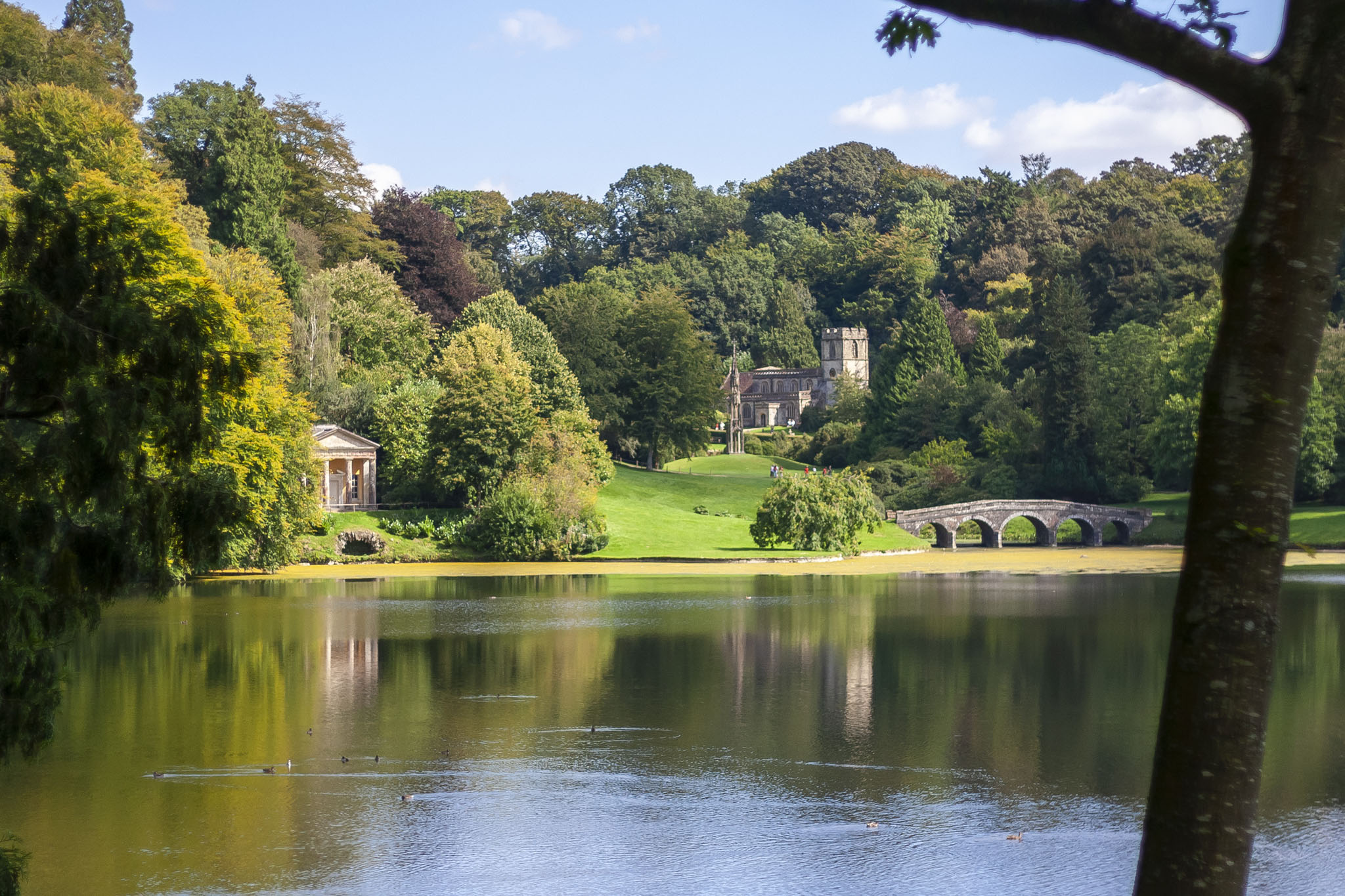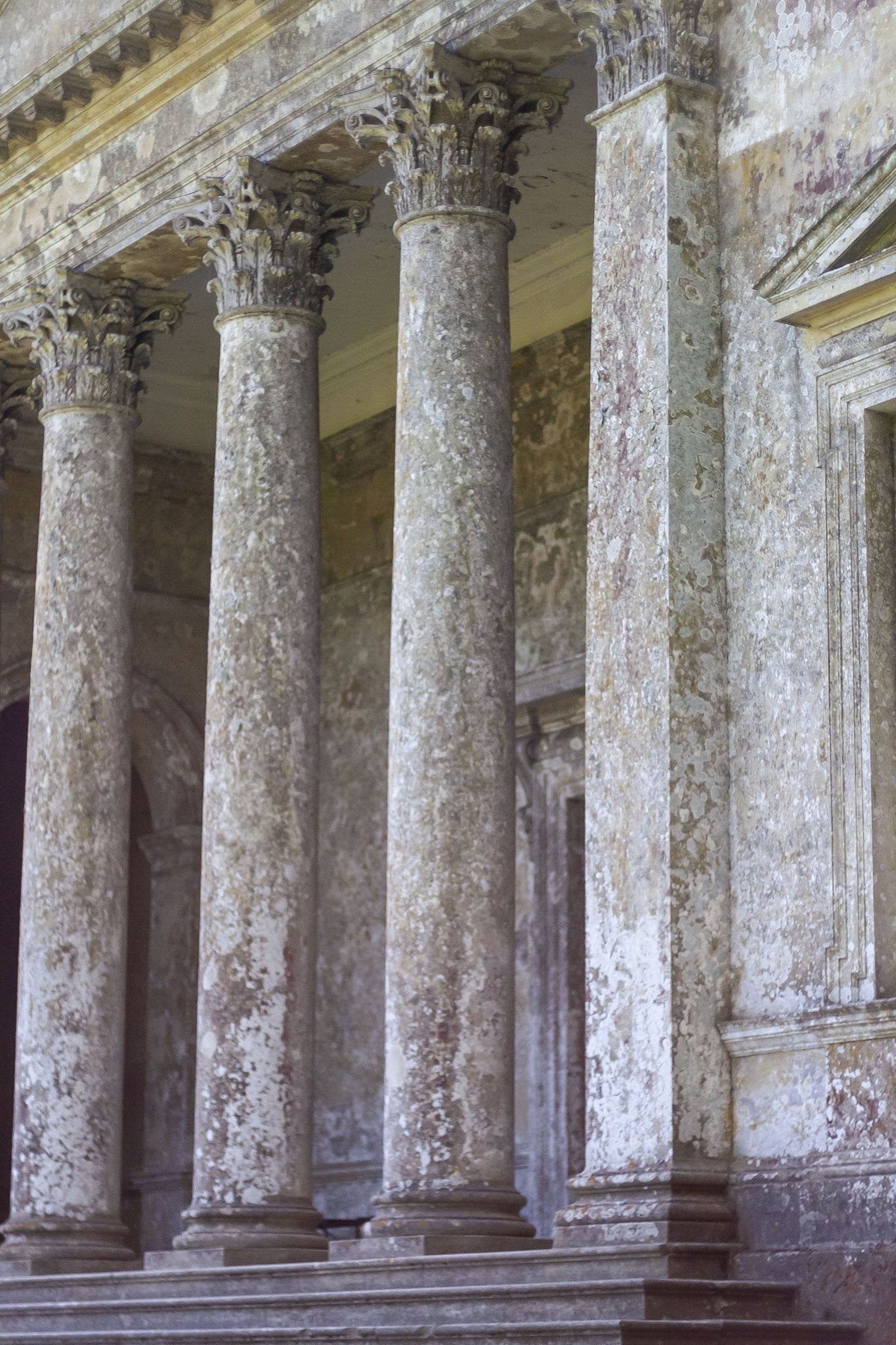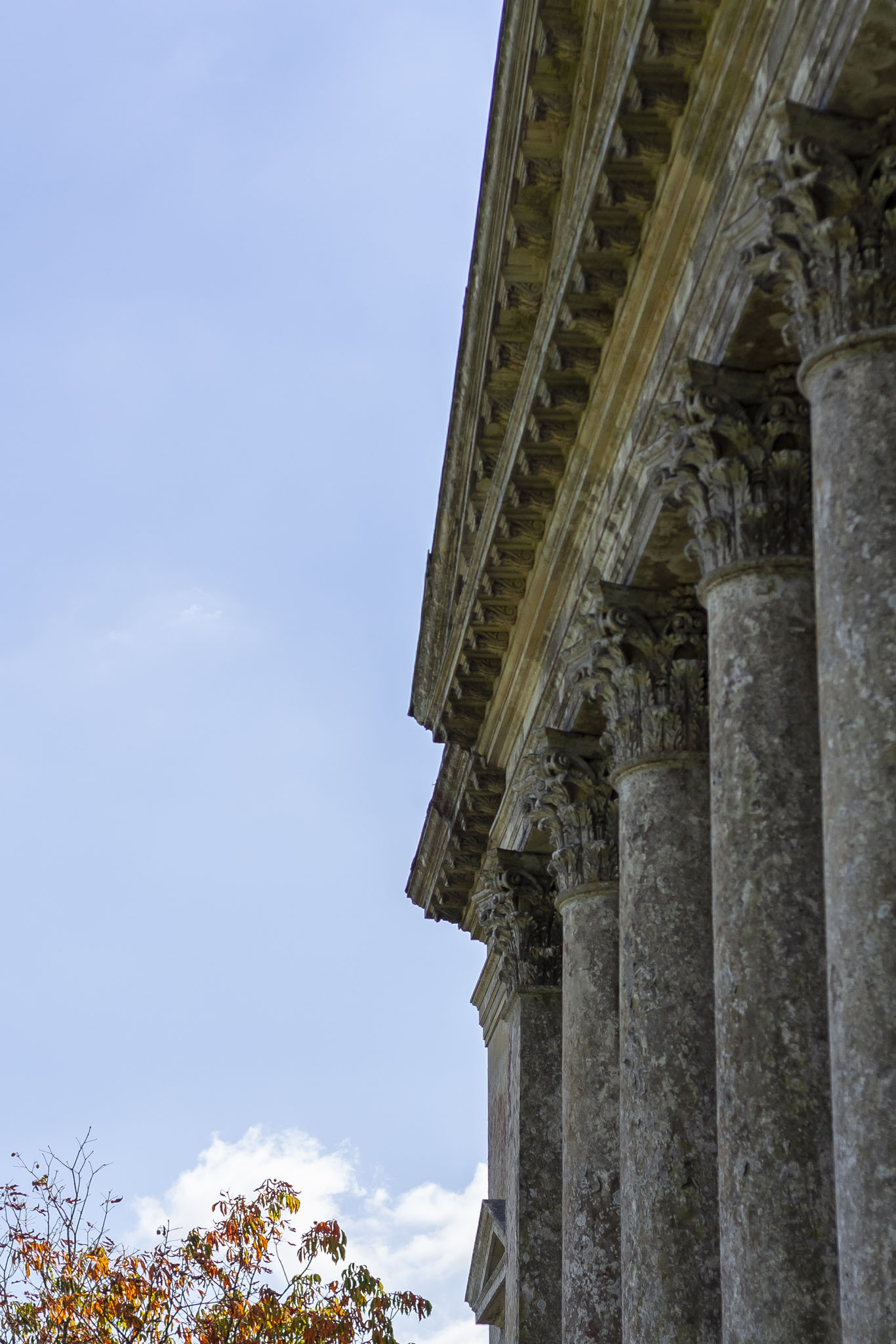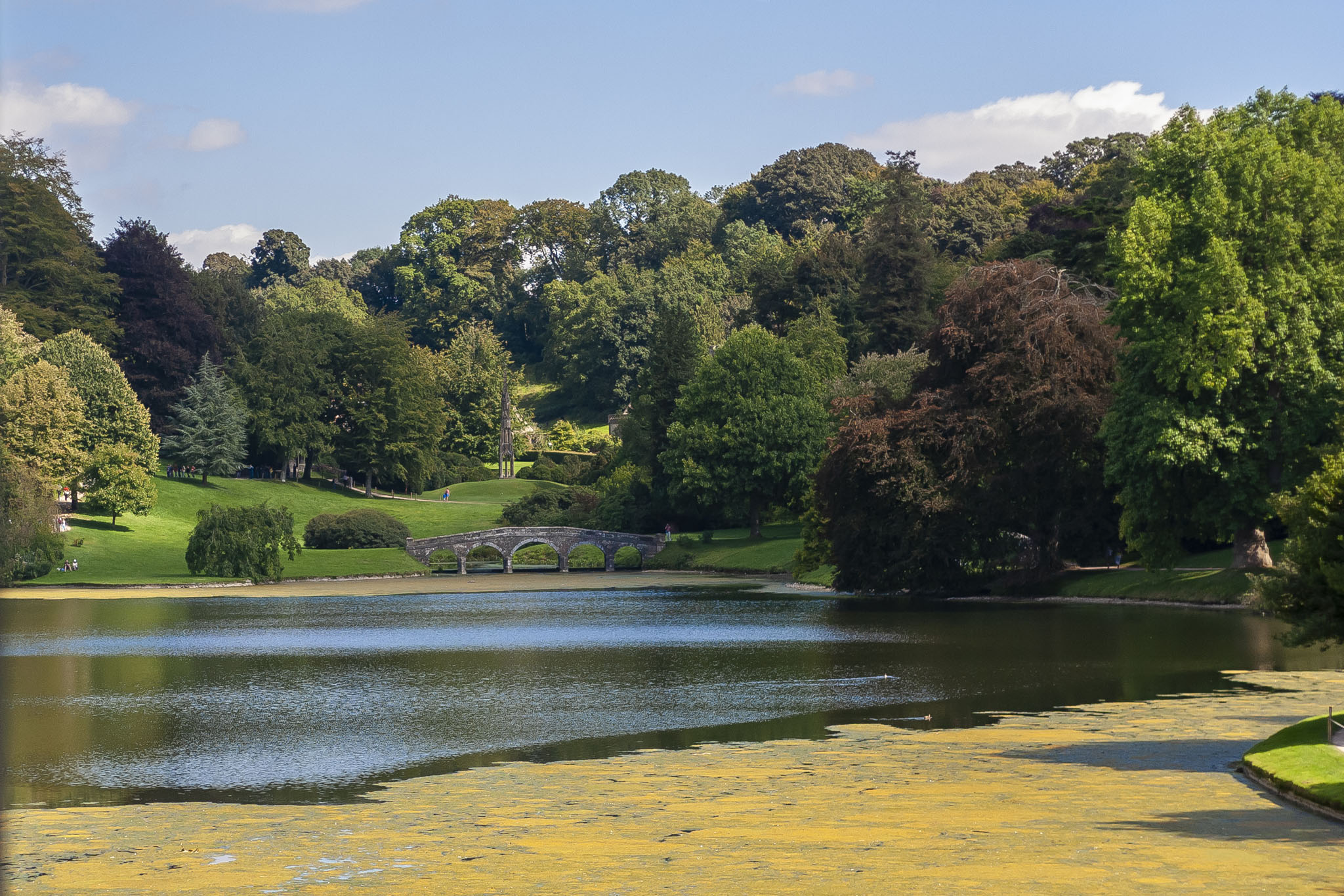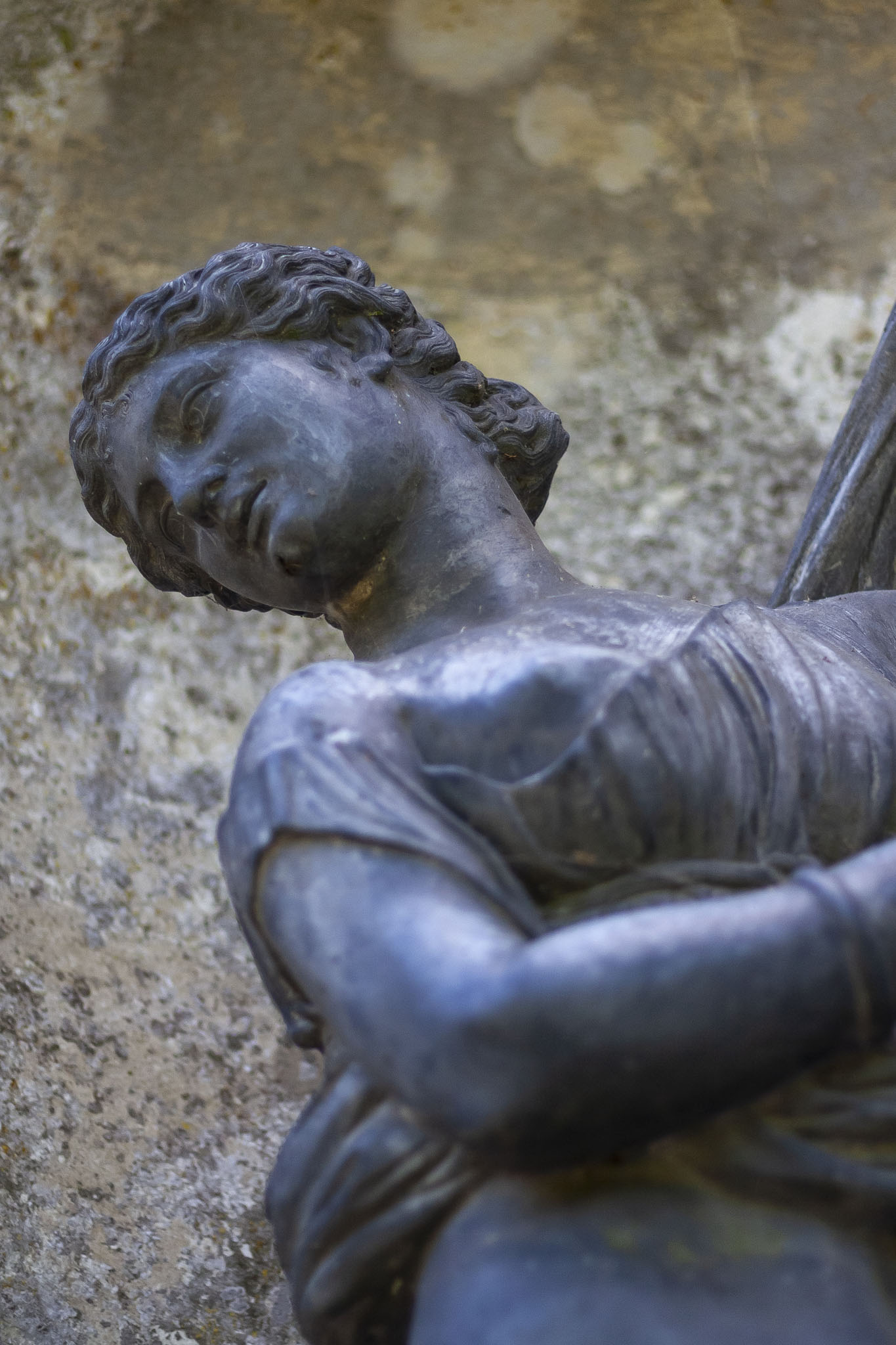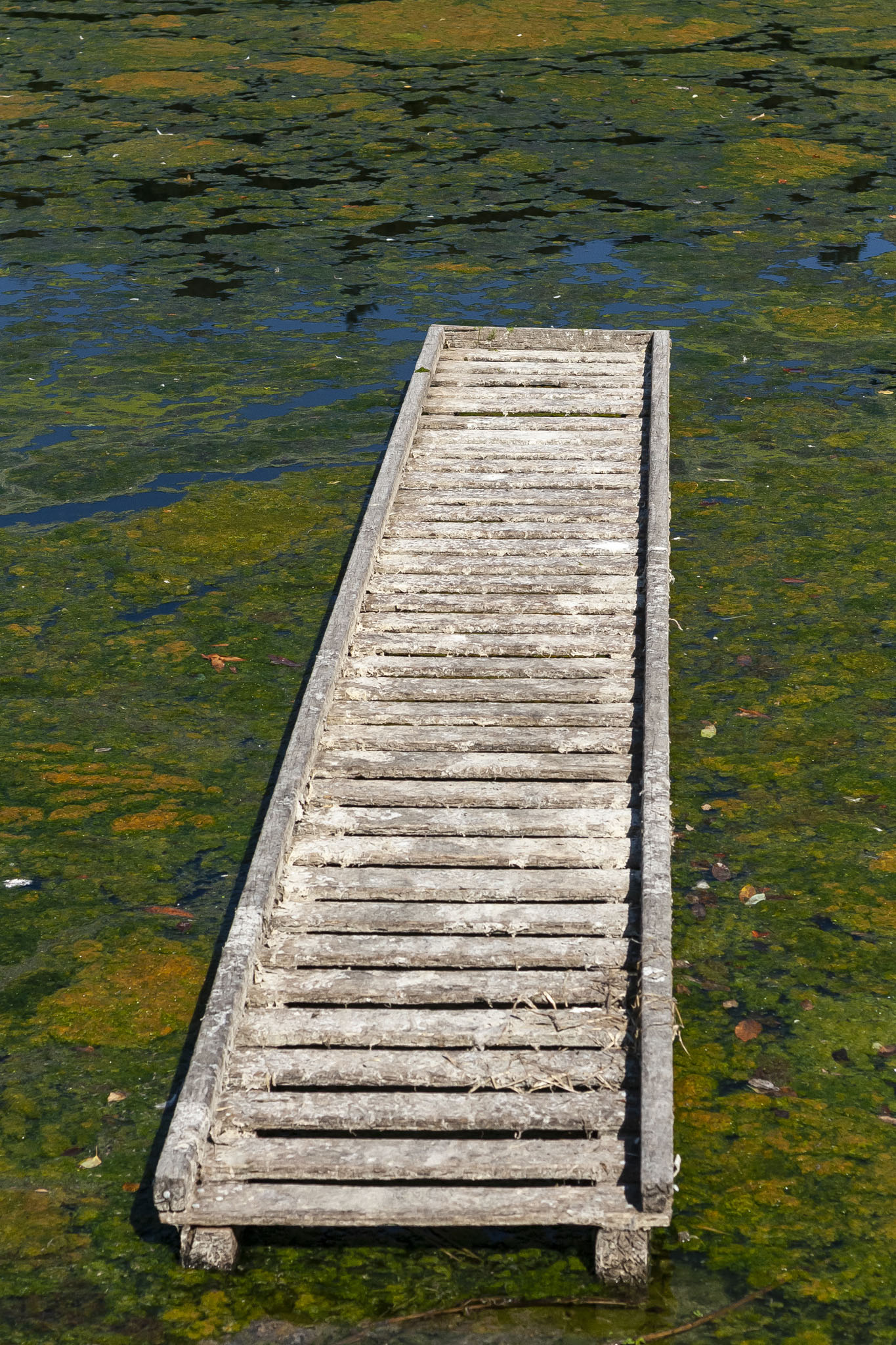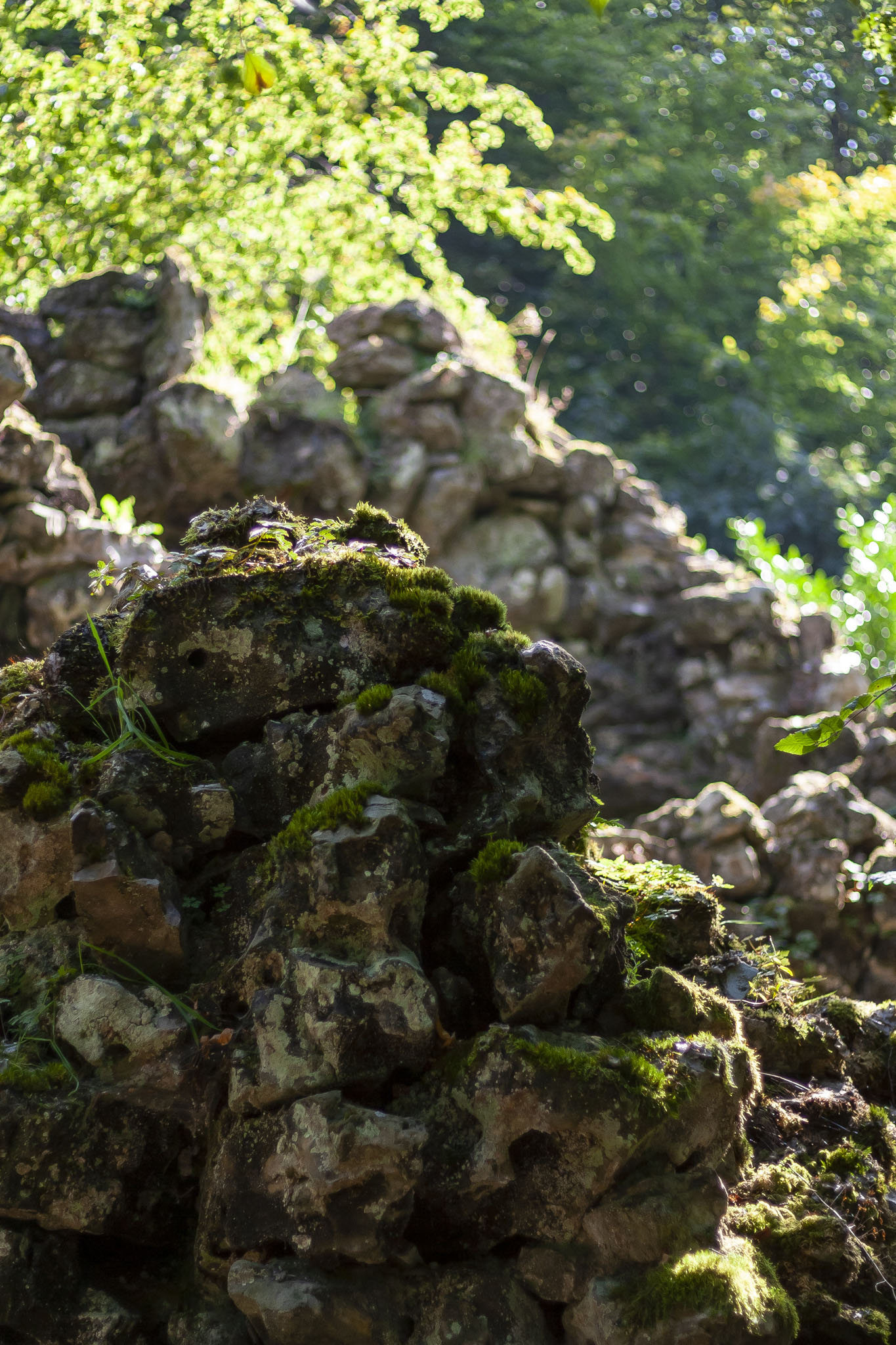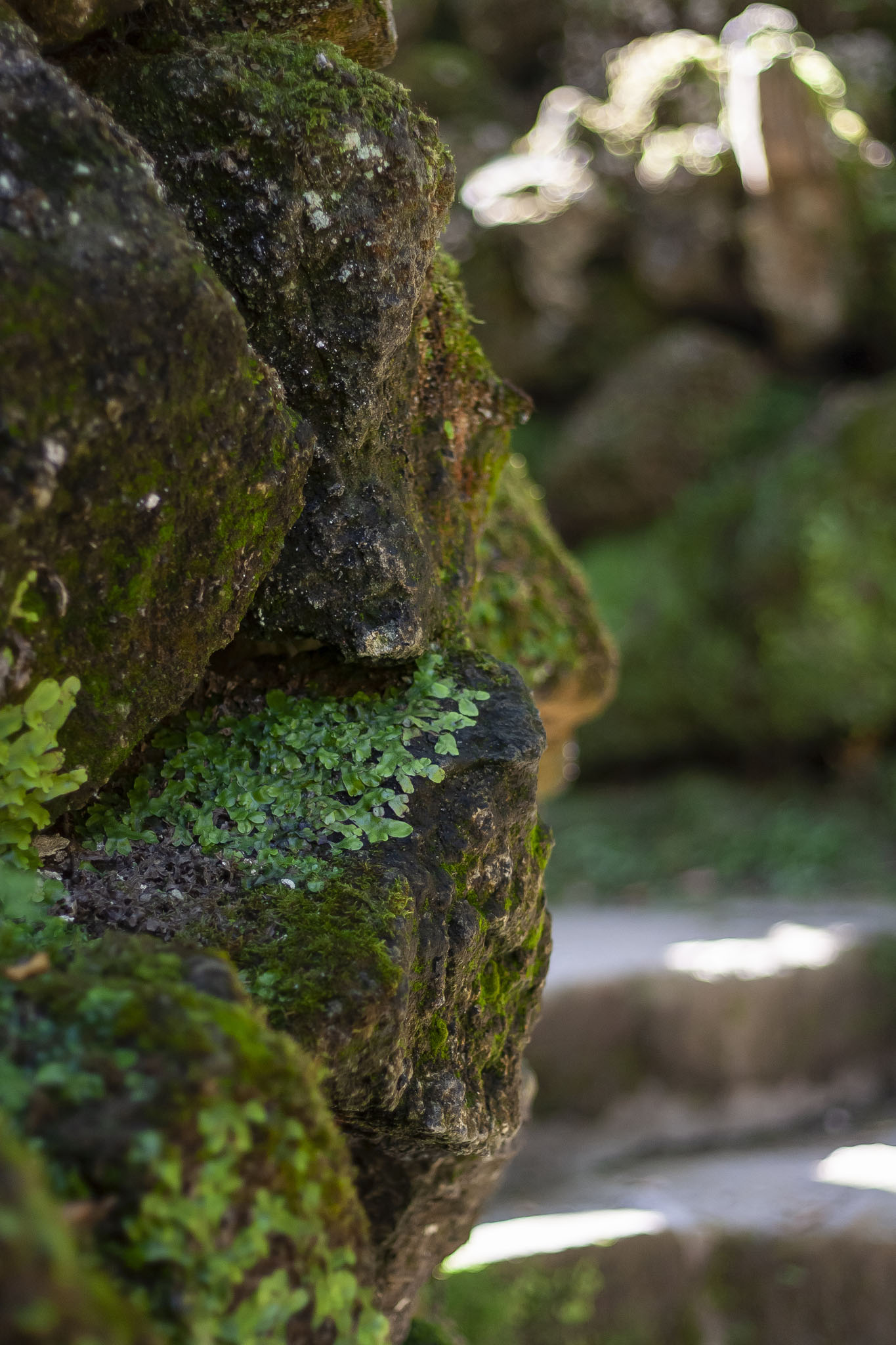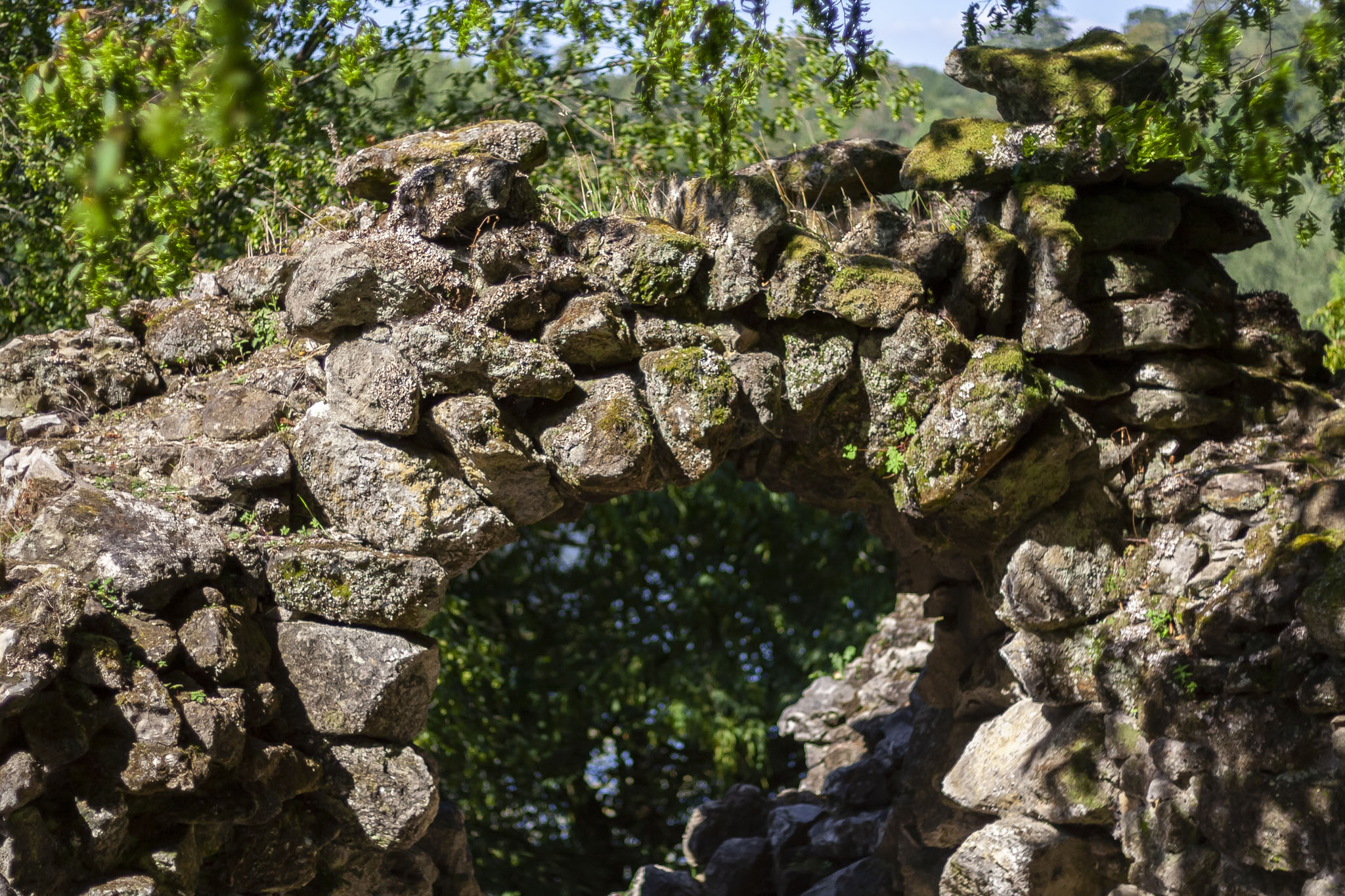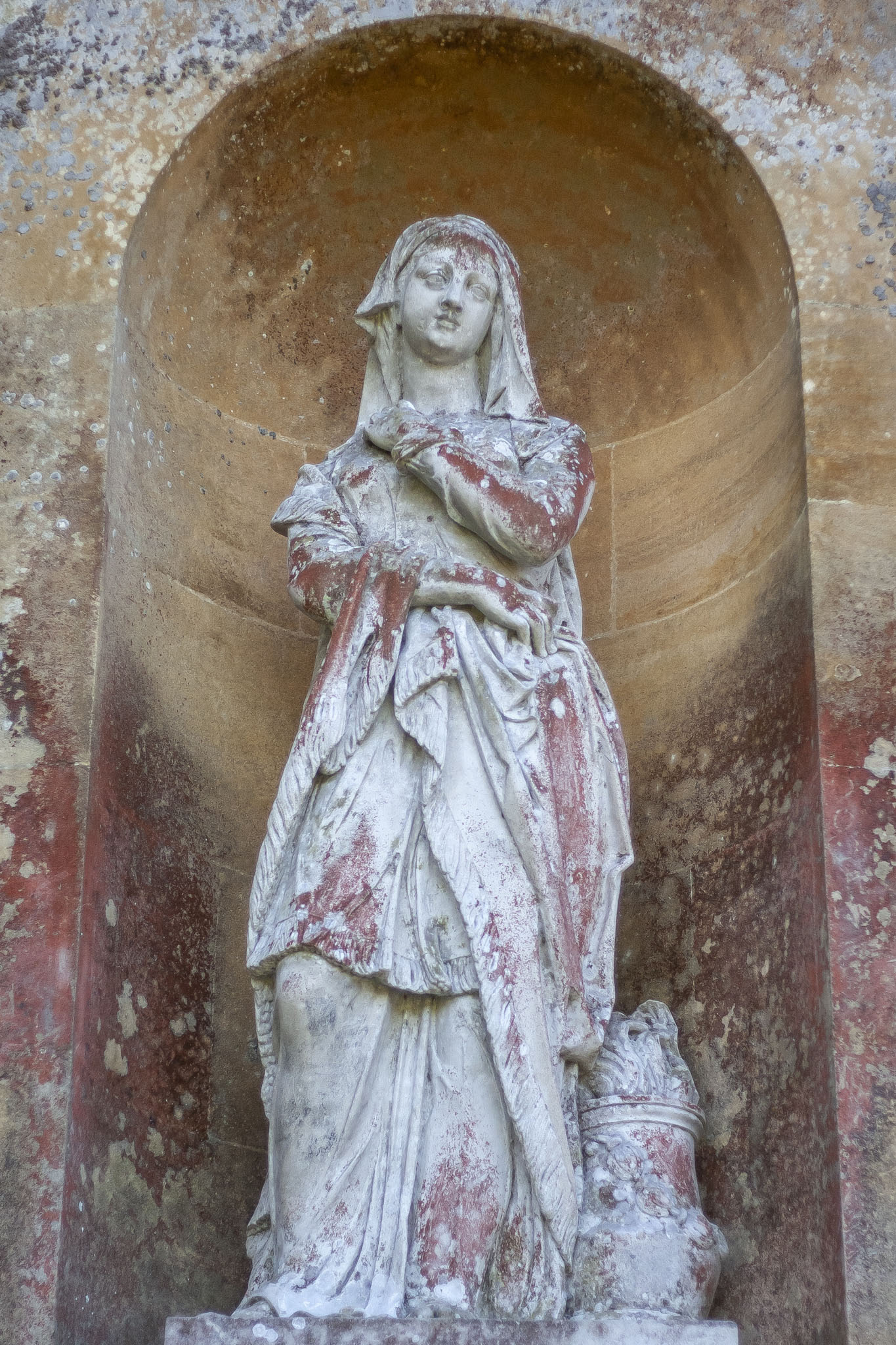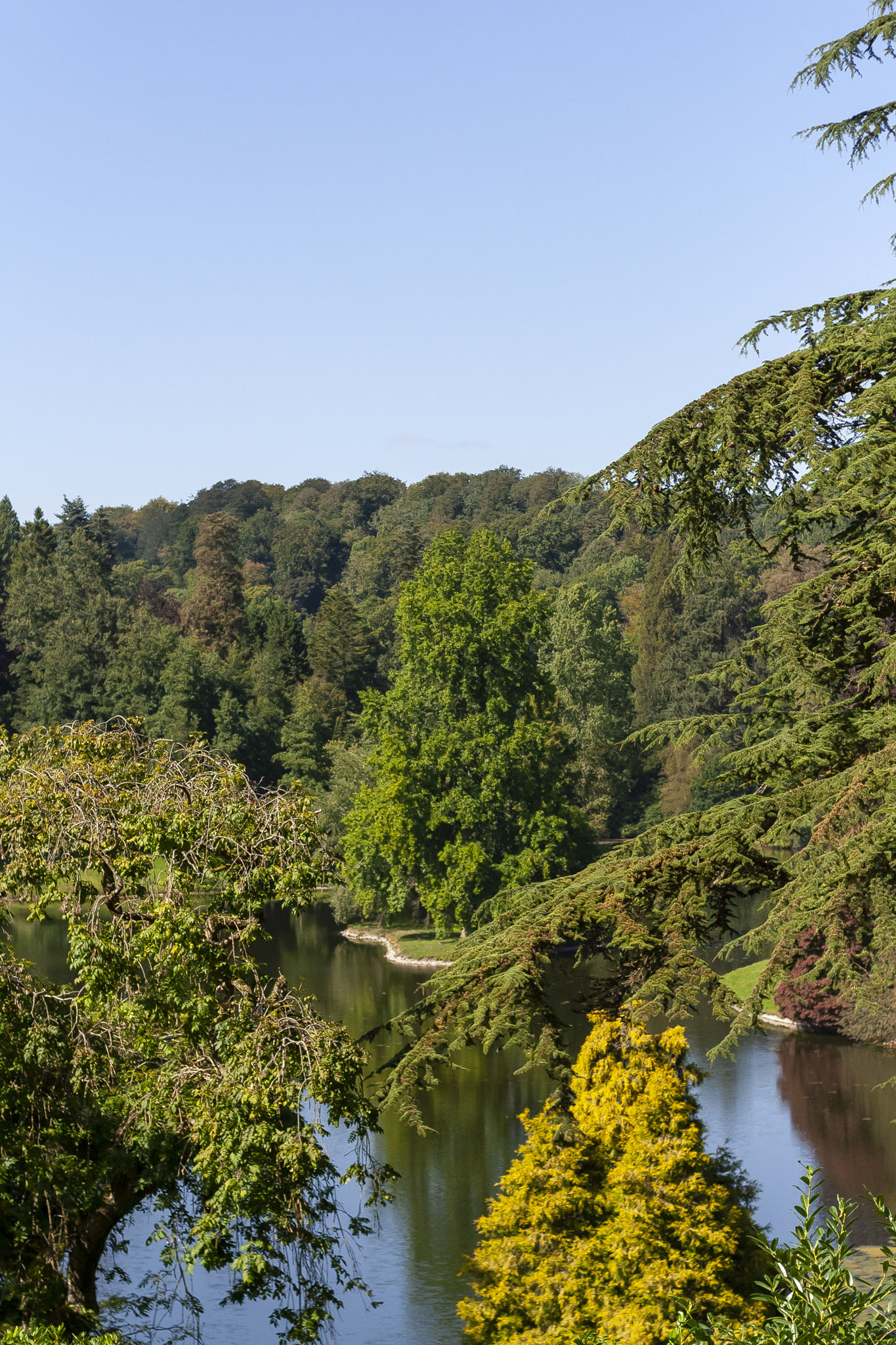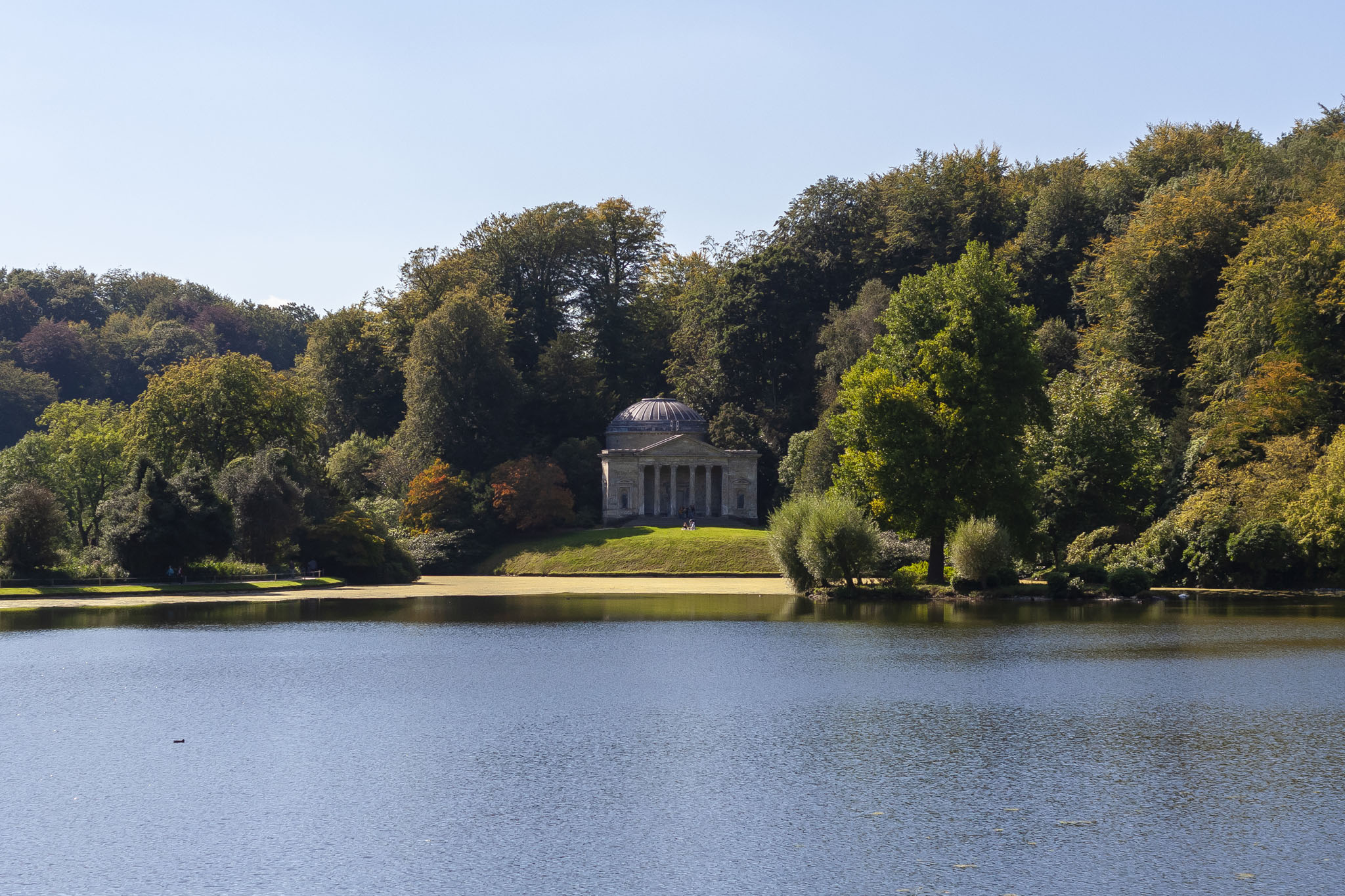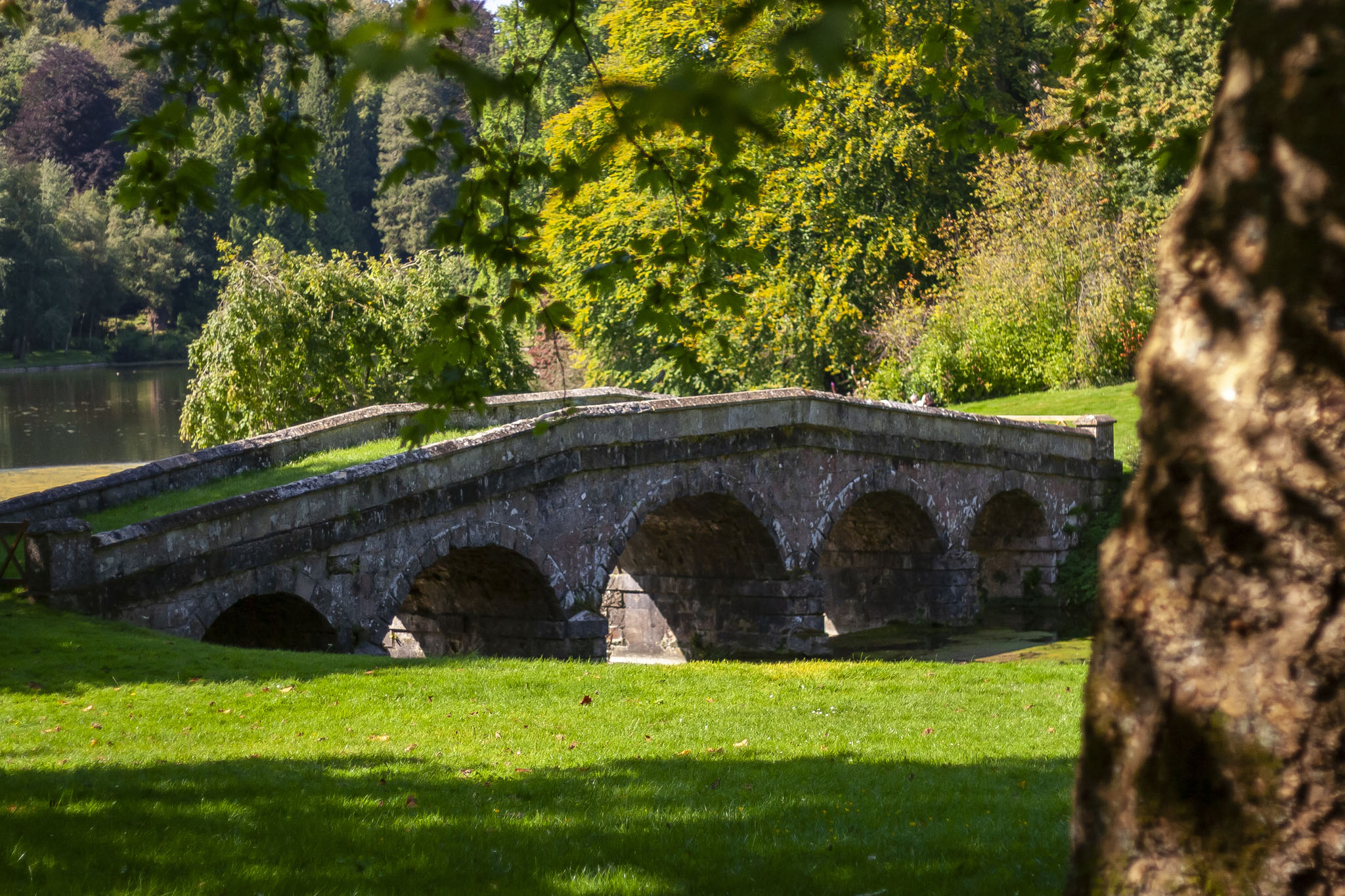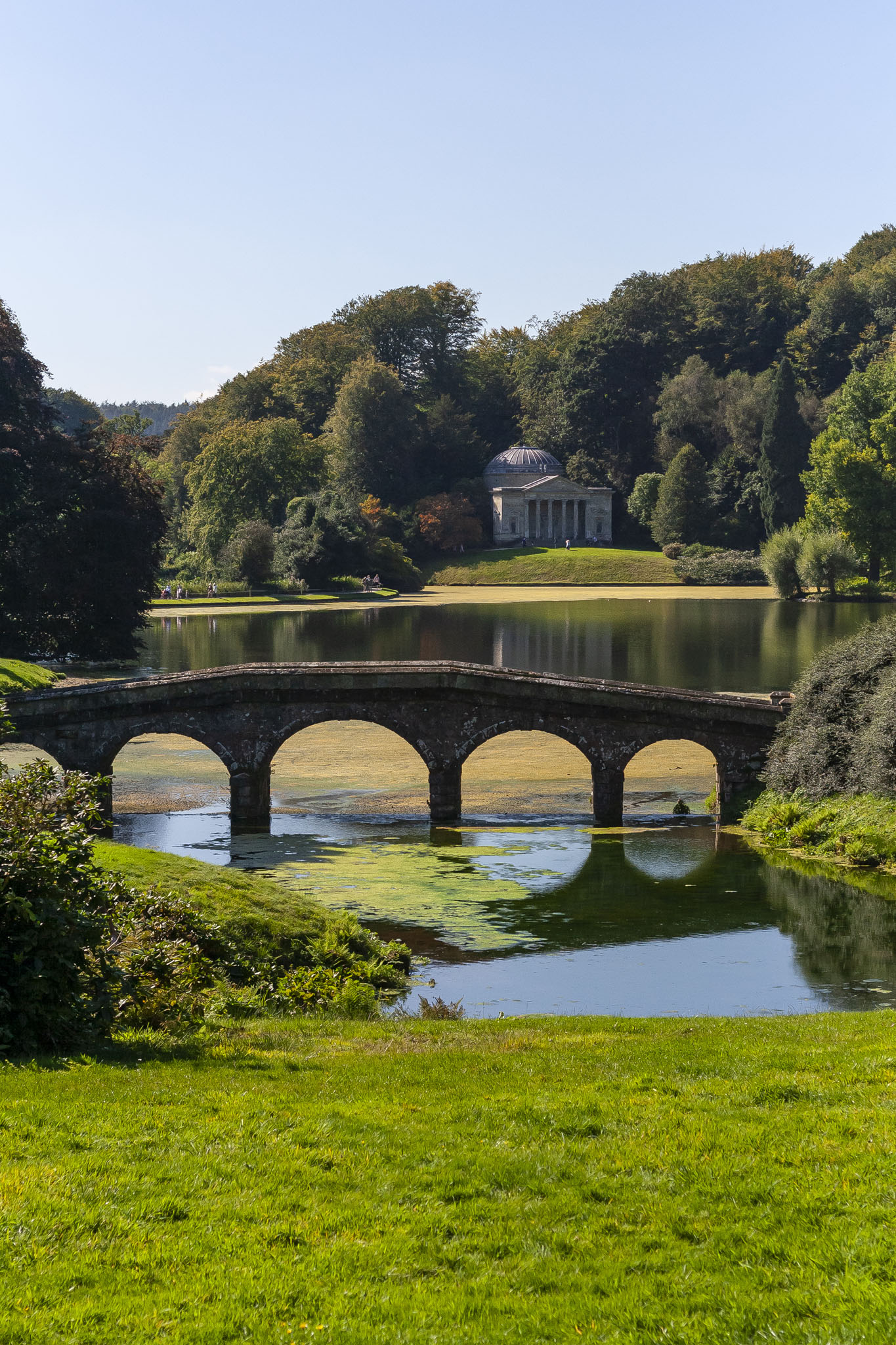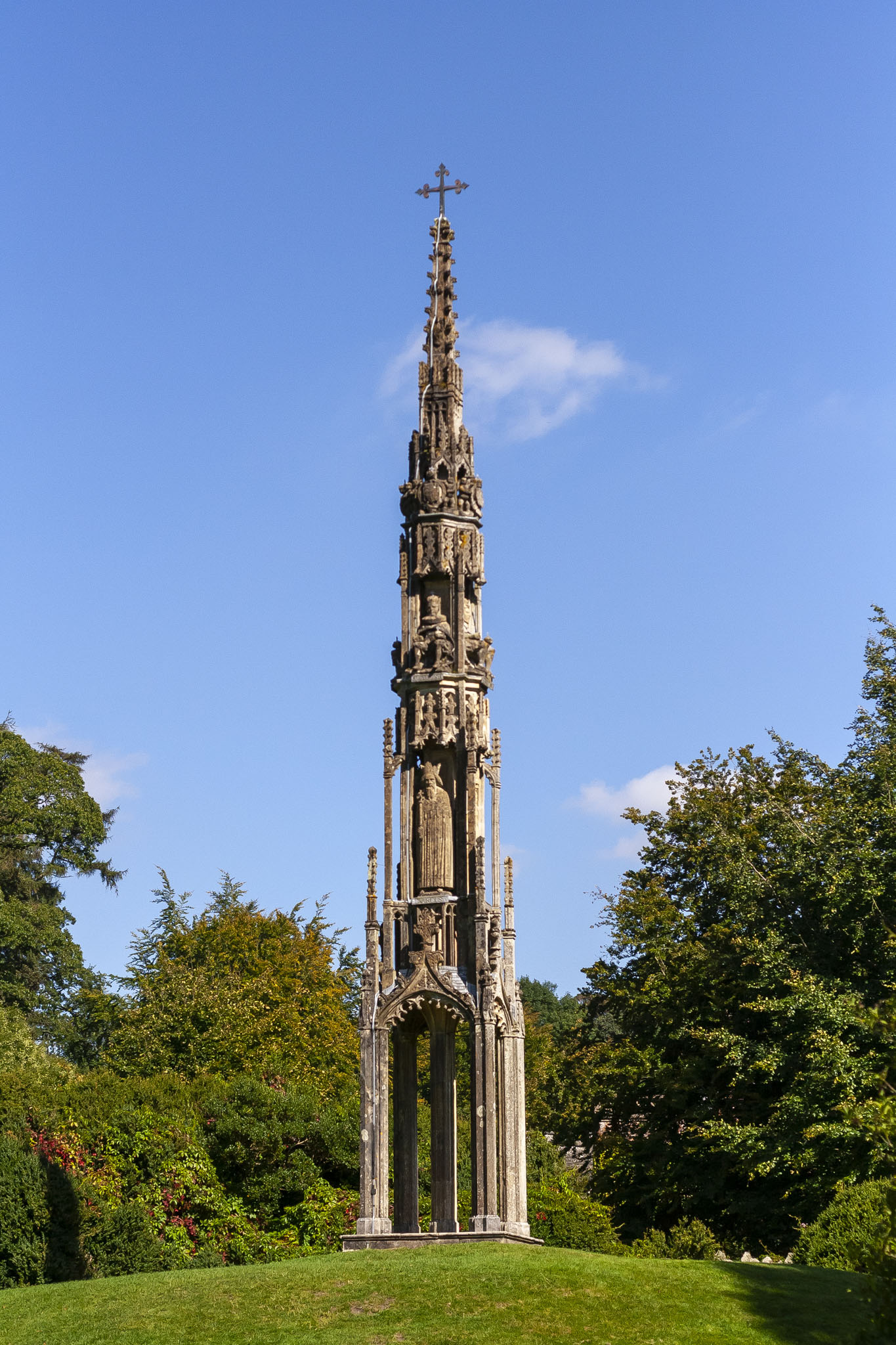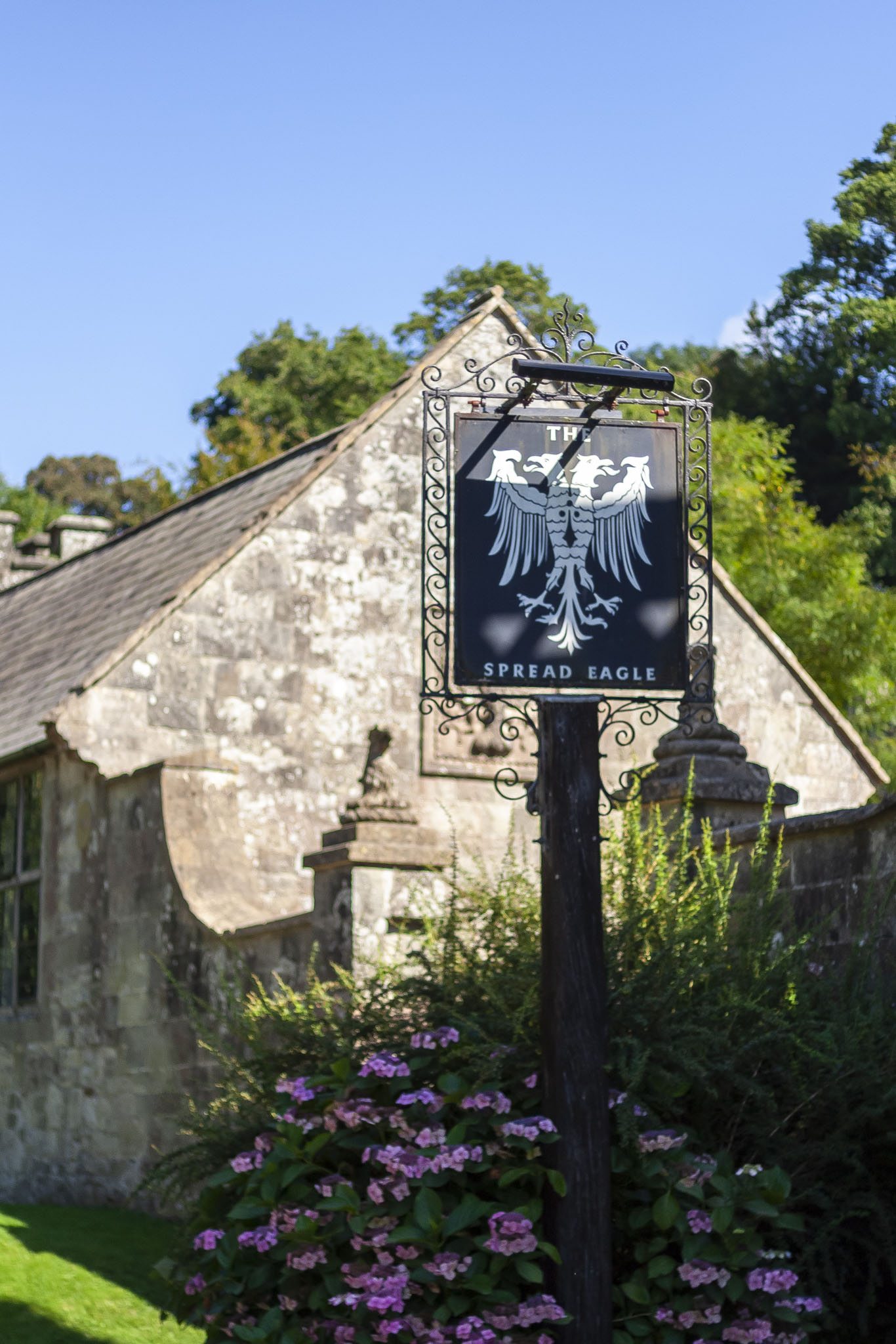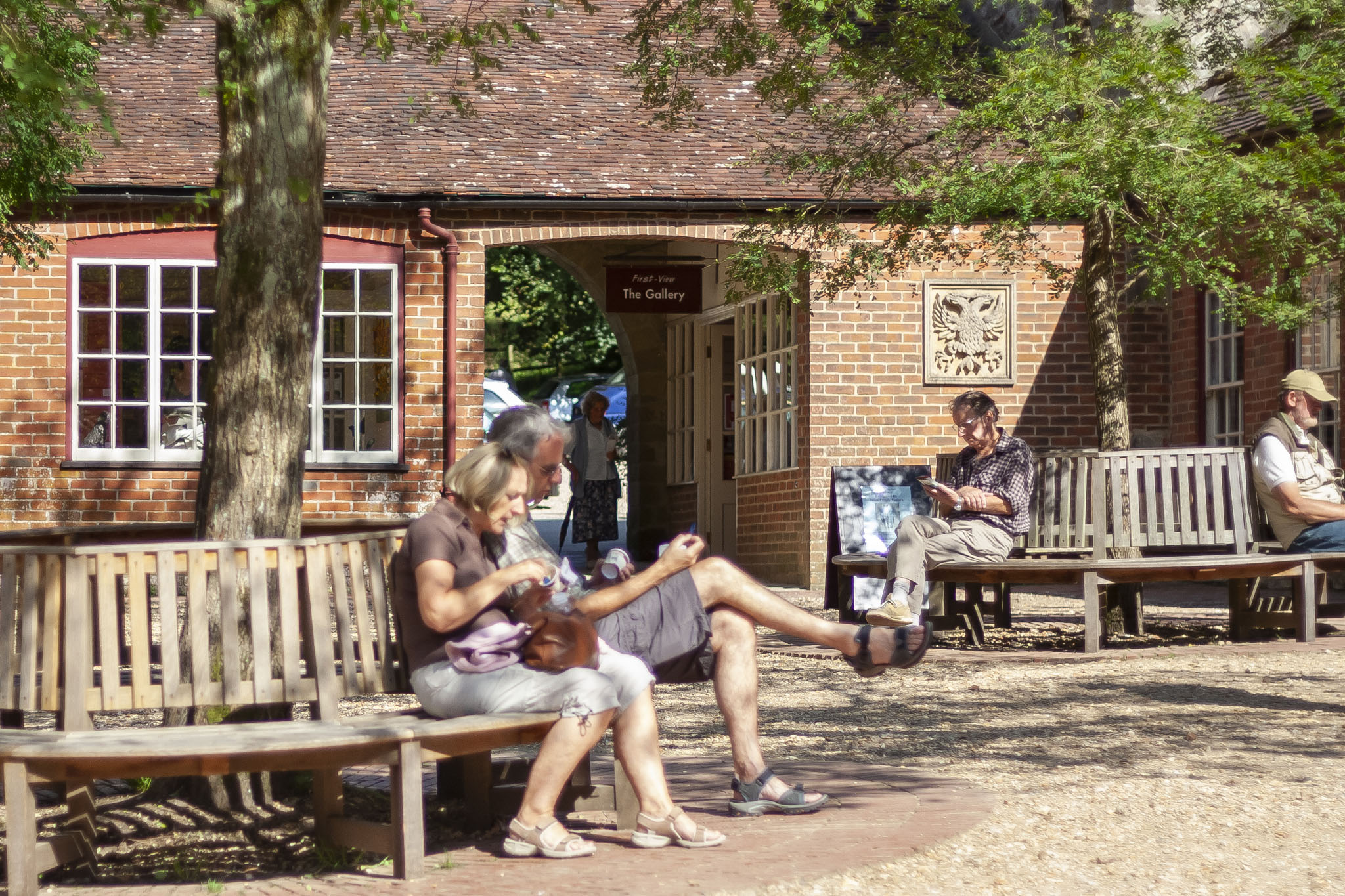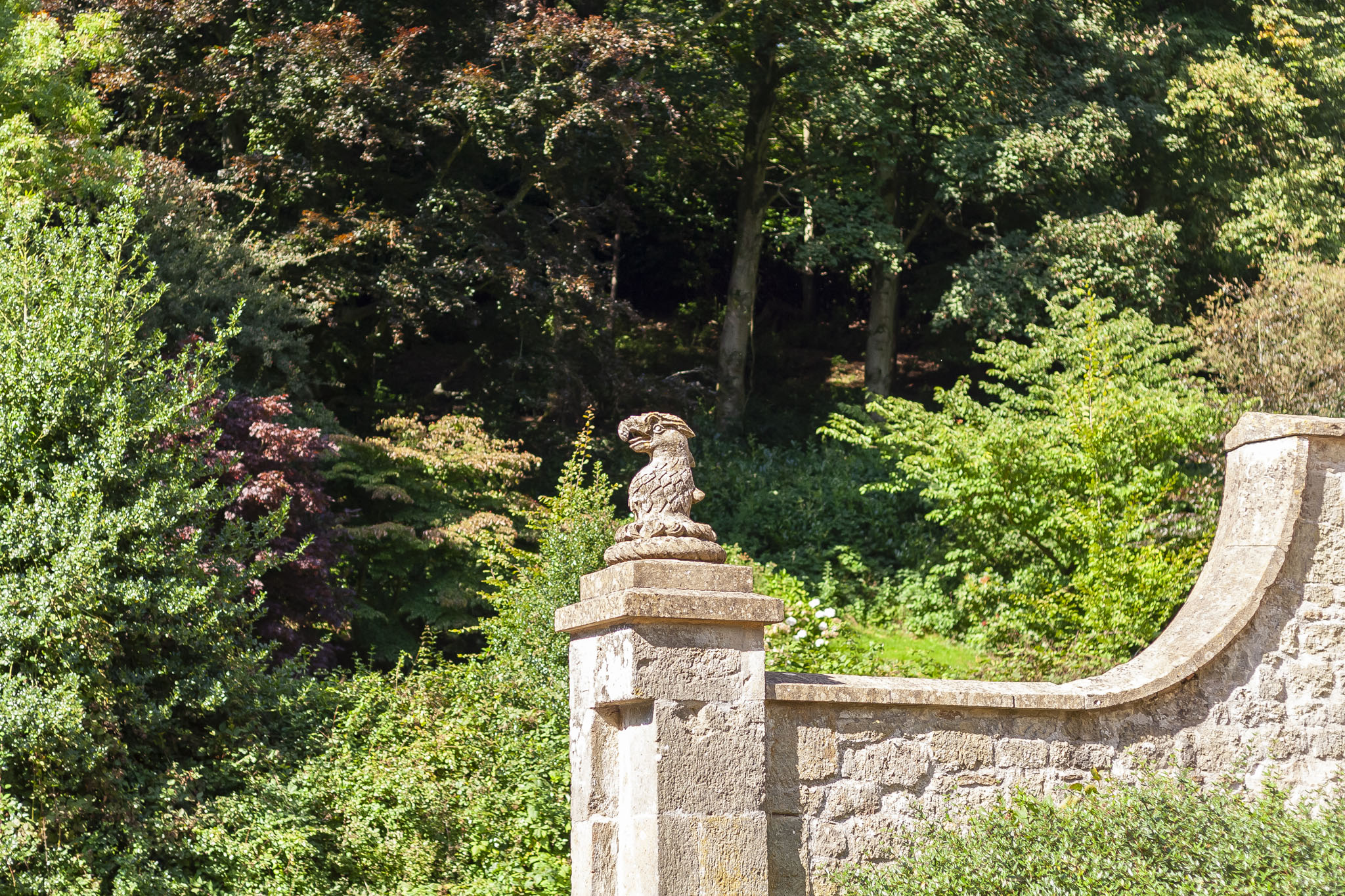Stourhead is a National Trust property in Wiltshire, close to the Somerset border, and if you’re the sort of person that works out where things are in the country based on their relationships to Southampton and Weston-super-Mare then it’s pretty close to being smack bang in the middle in a straight line. Being a National Trust property, and us being National Trust members back in 2007 when we visited (and we still are), and since I’d not terribly long had my first digital SLR camera at this time, this made for a lovely, not-too-distant trip to make and take some photos.
This post – due to the amount of time between the visit and me writing about it on this site – will be a little light in detail because my memory, while never great, is even worse now. I suspect we wandered inside the main building and I suspect that photos at that time weren’t allowed. Consider this to be mostly a photowalk around Stourhead gardens. The pictures here will also be a little basic as photos would have been taken a lot (and possibly exclusively) in automatic mode on the camera, and its pop-up flash would have popped up on occasion, neither activity being conducive to the best of photography. However, it is pleasing to see some half-decent framing in these old shots, and I don’t think I or the camera did a bad job at all.
The estate on which the house at Stourhead was built had belonged to the Stourton family since around the thirteenth century. This was eventually sold to the Hoare family in 1717. Their wealth allowed them to build a house in the Palladian style in which to live and to amass an impressive art collection. The gardens at Stourhead were designed by Henry The Magnificent (if you’re going to have a nickname then make it a good one) and were heavily influenced by classical Italian paintings. The lake at Stourhead is artificial, formed from damming a stream, and the walk around it is punctuated by buildings and follies in classic styles.
The obelisk at Stourhead was erected in 1840, replacing another that had stood in the spot since the middle of the century before. It is made of Bath stone with a metal sun-face on the top.
The 1765 building through the trees and across the lake at Stourhead below is the Temple of Apollo. A similar building had appeared at Kew gardens just a few years before (based on a famous circular temple at Baalbek in Syria) and this was constructed mainly to simply be better. Everyone likes a bit of one-upmanship when it comes to garden and landscape design. It’s certainly lasted longer as the one at Kew was demolished following damage from a cedar tree toppling onto it in 1916.
You weren’t anyone with a country estate in the eighteenth century if you didn’t have a grotto. The shade and cool rocks offered sanctuary from summer heat. Stourhead’s grotto is a circular, domed area, built from brick then lined with rough limestone to more closely resemble a natural cave, and houses statues of a river god and a sleeping nymph beside a natural spring-fed cold water bath.
From the grotto the view across the lake shows off the Temple of Flora and Palladian Bridge close to the water’s edge, and St Peter’s Church just beyond.
Continuing around the lakeside path at Stourhead affords views back across the water to the largest and most important of the buildings in the gardens: the Pantheon. Inspired by its namesake in Rome, this 1754 building houses a number of statues to various gods and goddesses. A stove at the rear of the building provided heating for when the weather demanded it, and the Pantheon was used by the Hoare family for picnics and parties.
The simple, five-arched bridge in the Palladian style at Stourhead is ornamental, serving no other purpose than to appear practical. Its positioning was such that the views to and from the Pantheon would make it look as if the river into the estate flowed under it and that the bridge provided a means to cross from the estate to the nearby village. The design of the bridge was based on one in Vicenza, Italy.
The final monument of note in the grounds at Stourhead is the Bristol High Cross. As its name may suggest, this Gothic piece originally stood in Bristol but was removed and relocated twice owing to complaints from locals as to its location and threat to life (if it should fall) or inconvenience (in the way of a good promenade). In 1764 it was acquired by Hoare and transported to his estate to add a vertical accent to the views around the lake. Alcoves on tiers of the structure contain statues of monarchs.
It was customary practice to remove any old buildings that were in the way of the plans of eighteenth century landowners, but Hoare liked the idea of incorporating elements of the existing Stourton village into his estate. Not all the buildings survived, but those that were felt to enhance the picturesque views did. I cannot say for certain that we had a drink in the Spread Eagle Inn when we visited Stourhead but it would have been bloody odd if we didn’t.
